Samsung DU7192 is a simple and affordable television that will perform well for everyday use. Thanks to its VA panel, it stands out with good contrast. This is particularly important for evening movie watching. The black is deep, and details in dark scenes are well visible. In subdued light, it makes a really good impression. With the right adjustment of color settings, the image becomes even more natural, and tonal transitions look smooth. For everyday tasks, the television does quite well. Tizen, Samsung's operating system, is easy to use and offers access to many popular applications, such as Netflix and YouTube. Everything runs smoothly, although sometimes some applications have limited functionality. A nice addition is the support for AirPlay, which allows for quick screen mirroring from Apple devices to the large screen. As for working as a monitor, the DU7192 also performs well. The low input lag (11 ms) makes gaming smooth and responsive—even in dynamic action games. Fonts when connected to a computer are legible thanks to the well-functioning chroma feature, which means the television is suitable for simple office tasks. However, it is not a model without drawbacks. The brightness level of 274 nits is average, so in brightly lit rooms, the screen can look washed out. With HDR content, it is clear that it lacks power, and the absence of Dolby Vision is another downside if we care about full HDR capabilities. The VA panel also has limited viewing angles—if we sit to the side, the colors lose intensity, and contrast deteriorates significantly. Samsung DU7192 is a good choice for those looking for a simple television for watching movies, series, or occasional gaming. Excellent contrast and an intuitive operating system are its strengths that make up for the shortcomings in brightness and viewing angles. It is a piece of equipment that will perform best in evening use or in rooms with controlled lighting.
- Matching (Score)
- Our verdict
- TV appearance
- Where to buy
- Contrast and black detail
- HDR effect quality
- Factory color reproduction
- Color reproduction after calibration
- Smoothness of tonal transitions
- Image scaling and smoothness of tonal transitions
- Blur and motion smoothness
- Console compatibility and gaming features
- Input lag
- Compatibility with PC
- Viewing angles
- TV efficiency during daytime
- Details about the matrix
- TV features
- Apps
- Playing files from USB
- Sound
Samsung DU7192 (VA) vs Philips PUS8500
Direct compare
Check the best price offer:
Samsung DU7192 (VA)PUS8500 / PUS8560 / PUS8510 / PUS8600

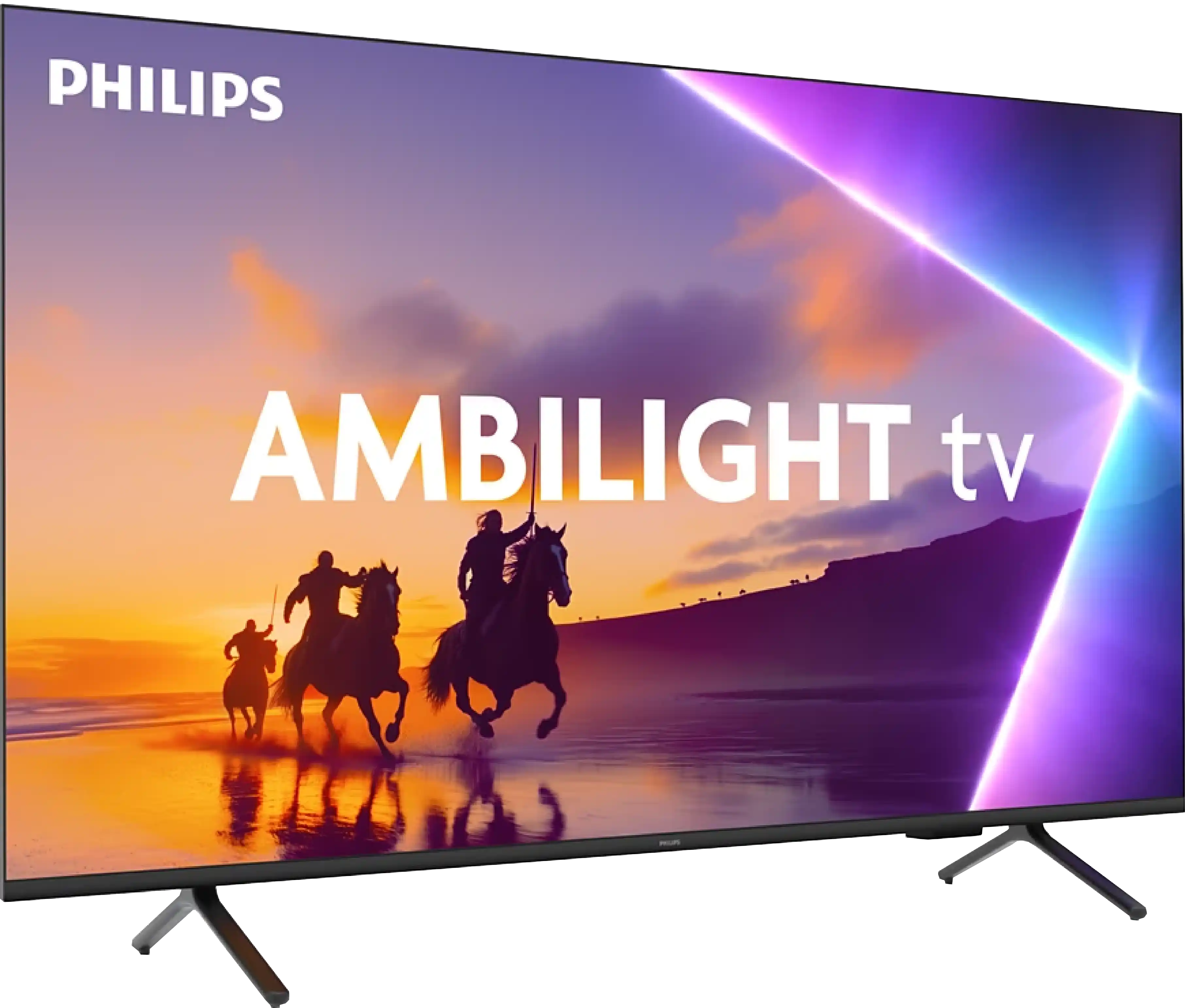
Panel type: LCD VA
Resolution: 3840x2160
System: Tizen
Model year: 2024
Complete the survey to find out the result

Panel type: LCD VA
Resolution: 3840x2160
System: Titan OS
Model year: 2025
Complete the survey to find out the result

Overall rating
5.4
5.6
Movies and series in UHD quality
5.4
5.4
Classic TV, YouTube
5.3
6.1
Sports broadcasts (TV and apps)
4.8
5.2
Gaming on console
6.7
6.7
TV as a computer monitor
6.0
5.6
Watching in bright light
3.2
4.9
Utility functions
5.5
4.9
Apps
8.7
4.6
Sound quality
5.4
6.2
Complete the survey to find out what fits your preferences
Advantages
Developed Tizen operating system
High native contrast - VA panel
Low input lag
Accurate color reproduction after calibration
Ambilight TV System
High native contrast - VA panel
Low input lag
Basic features for gamers: ALLM and VRR
Full support for audio formats: Dolby Atmos and DTS
Backlit remote controler with numeric keypad
Disadvantages
No Dolby Vision
Low brightness
Poor viewing angles
Average panel brightness
TitanOS system feels unfinished (some features do not work, gaps in applications)
Infrared remote control
Font readability issues (PC)
Our verdict
Ambilight because that's where we have to start, it's the biggest reason to buy the PUS8500. The three-sided backlighting of the TV looks great, especially in the evening. It creates an atmosphere, masks the imperfections of contrast, and makes the viewing experience simply more enjoyable. Even if the black levels aren't perfect, the native VA panel's high contrast is just fine. On top of that, there's really decent input lag and several gaming features like ALLM and VRR. Although there’s no HDMI 2.1 or 120Hz panel, casual gaming should be a pleasure. Especially since it's responsive and latency-free. Additionally, there’s full support for audio formats – both Dolby Atmos and DTS, so soundbar owners can rejoice too.
But let's not kid ourselves – this is still a budget TV, and at times it shows. Brightness is average – not weak enough to make viewing impossible, but if you hit a particularly sunny day, watching conditions without blinds can be problematic. However, in our opinion, the biggest disappointment with the PUS8560 is the operating system, Titan OS. Despite the system debuting some time ago, certain features simply wouldn't work – for example, screen mirroring from a phone despite the manufacturer's claims that such a feature is present here. There are fewer apps than with competitors, and the system itself runs a bit clumsily. Overall, it seems to have some capabilities, but clearly lacks refinement.
Of course, this is not a TV meant to compete with top models. But if someone is looking for something simple, with a nice atmosphere that the Ambilight system provides, it is a quite reasonable offer. You just need to know what to expect and accept the many compromises present here.
TV appearance
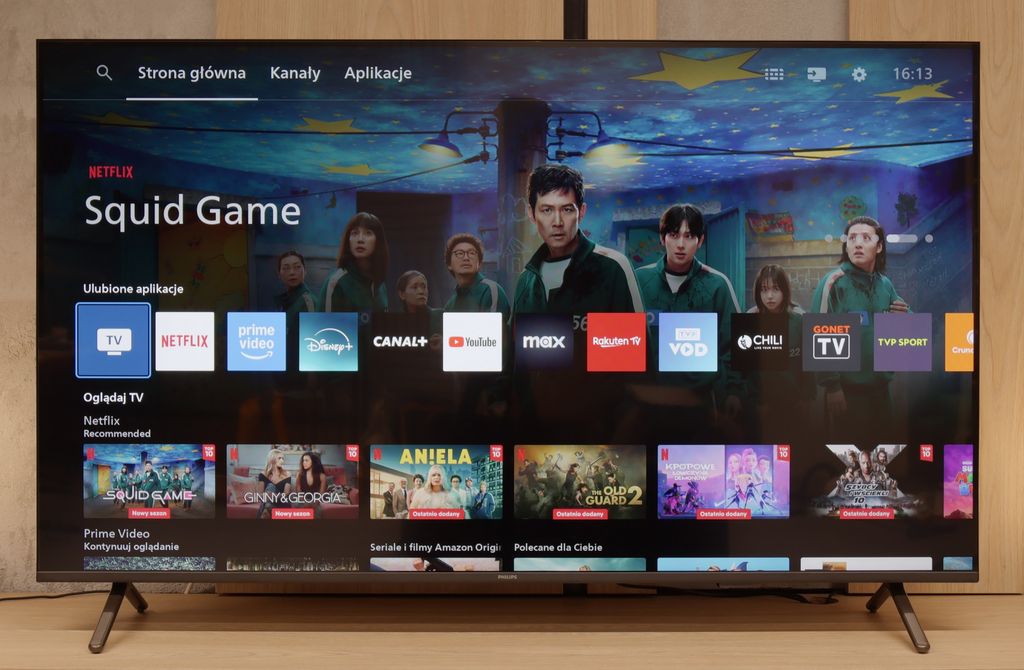
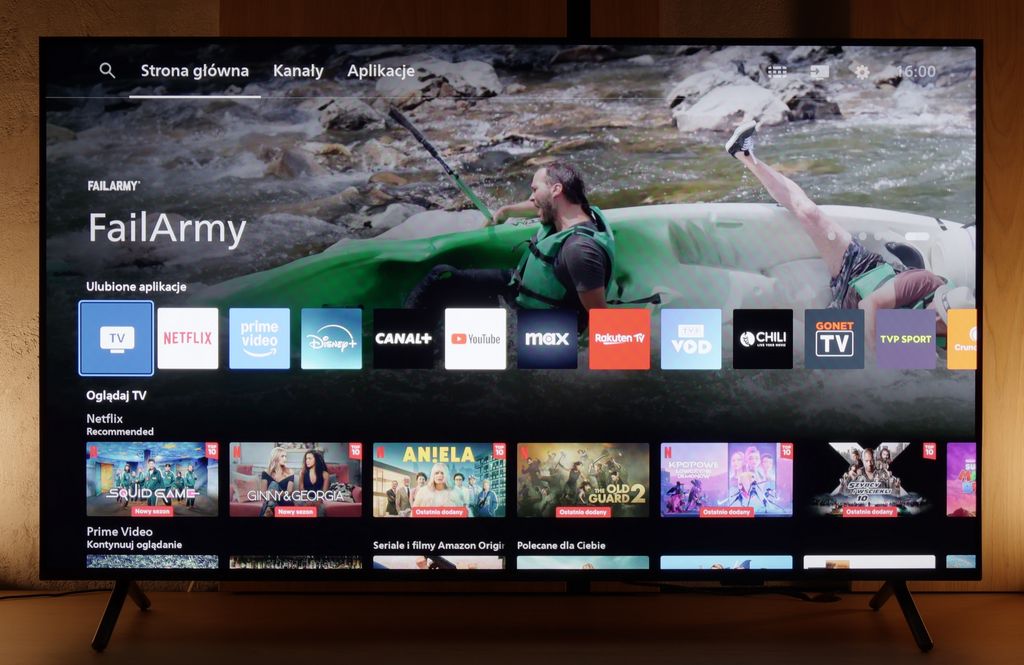
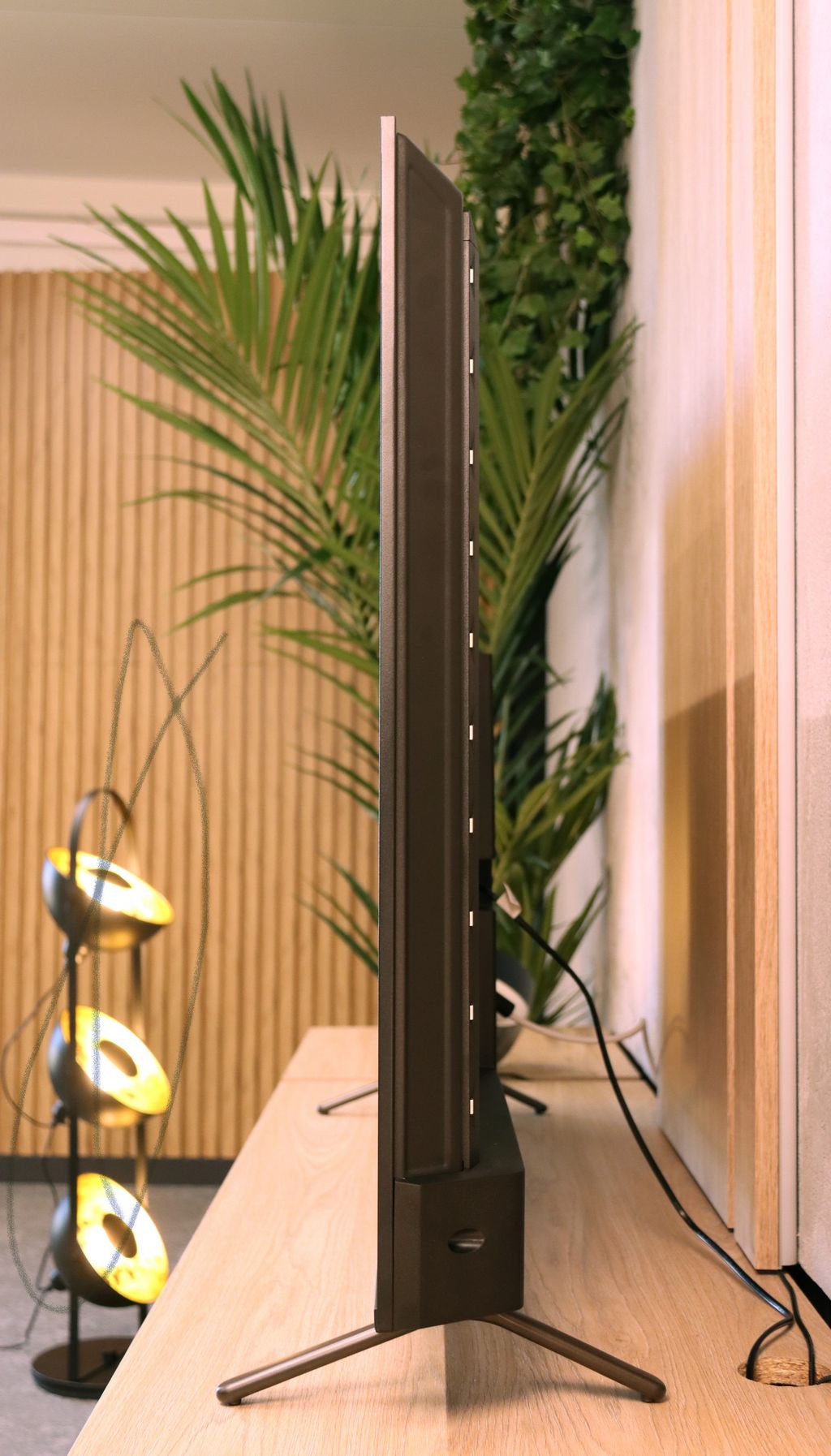
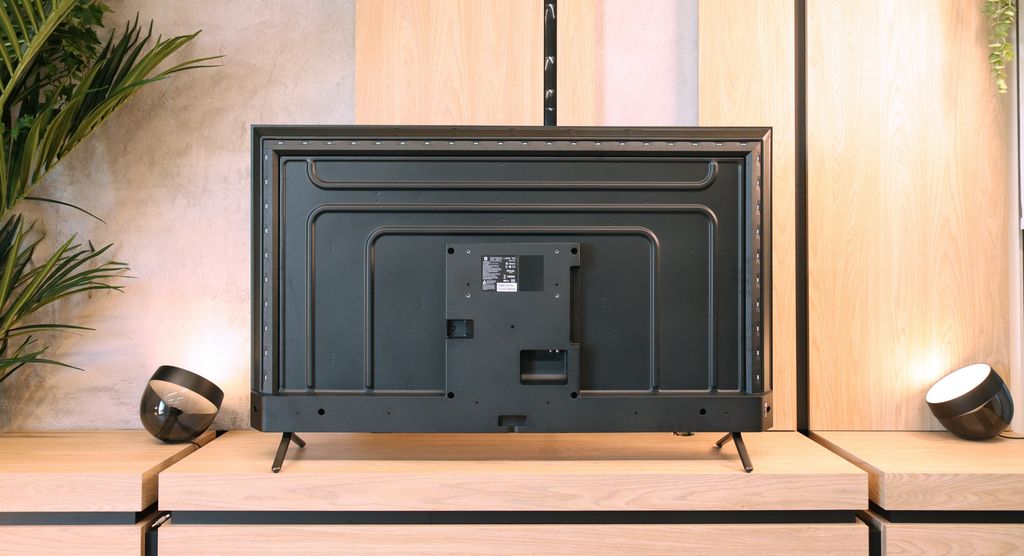
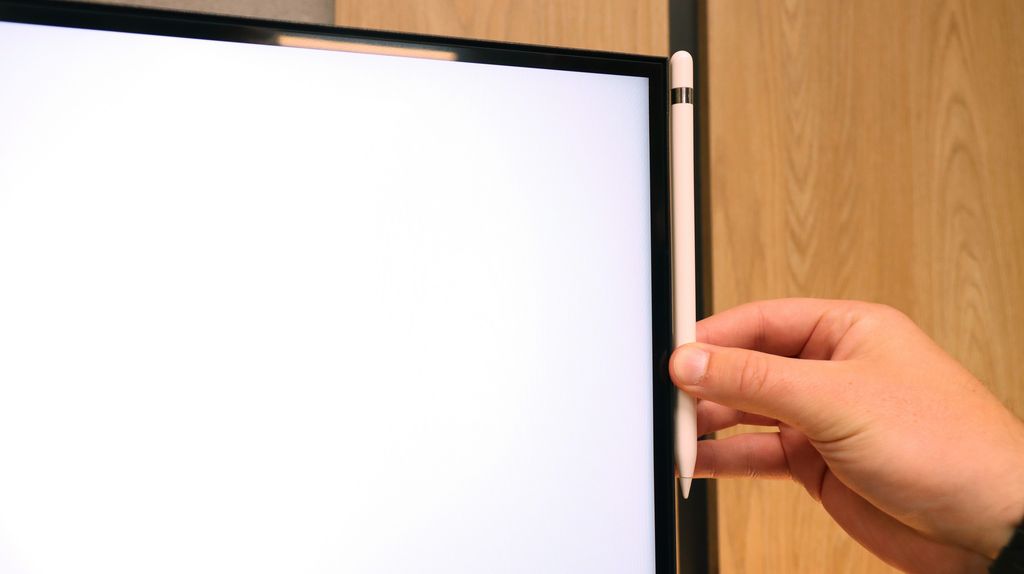
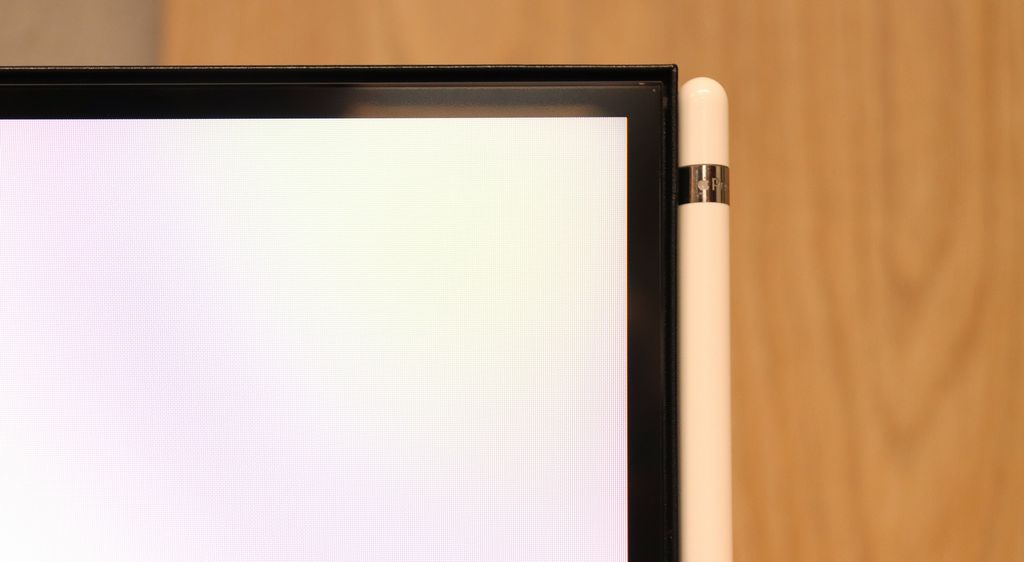

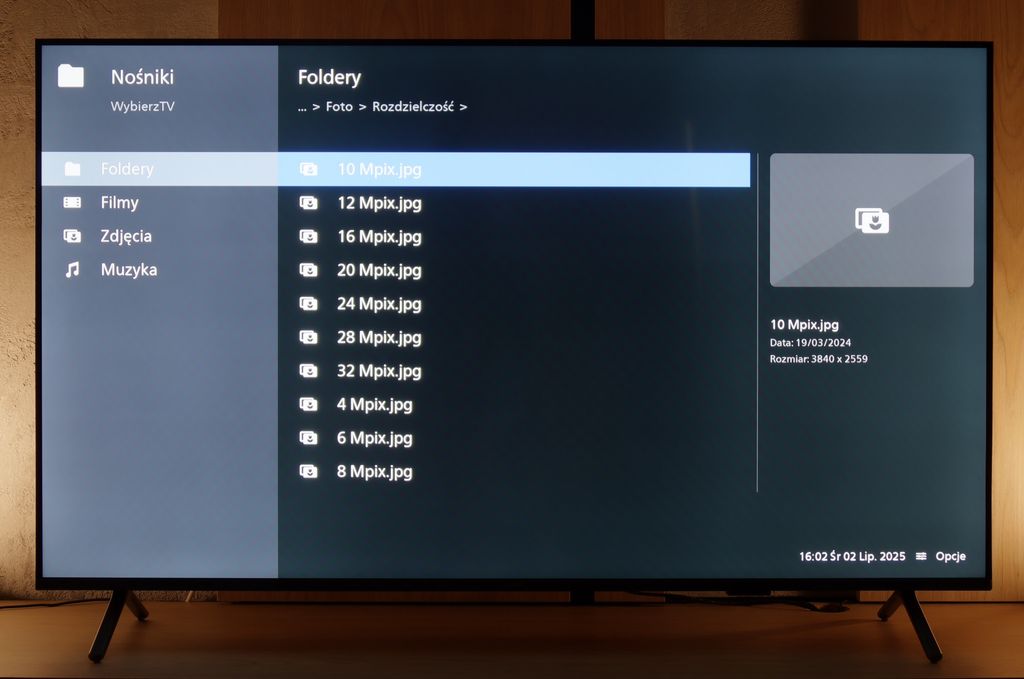
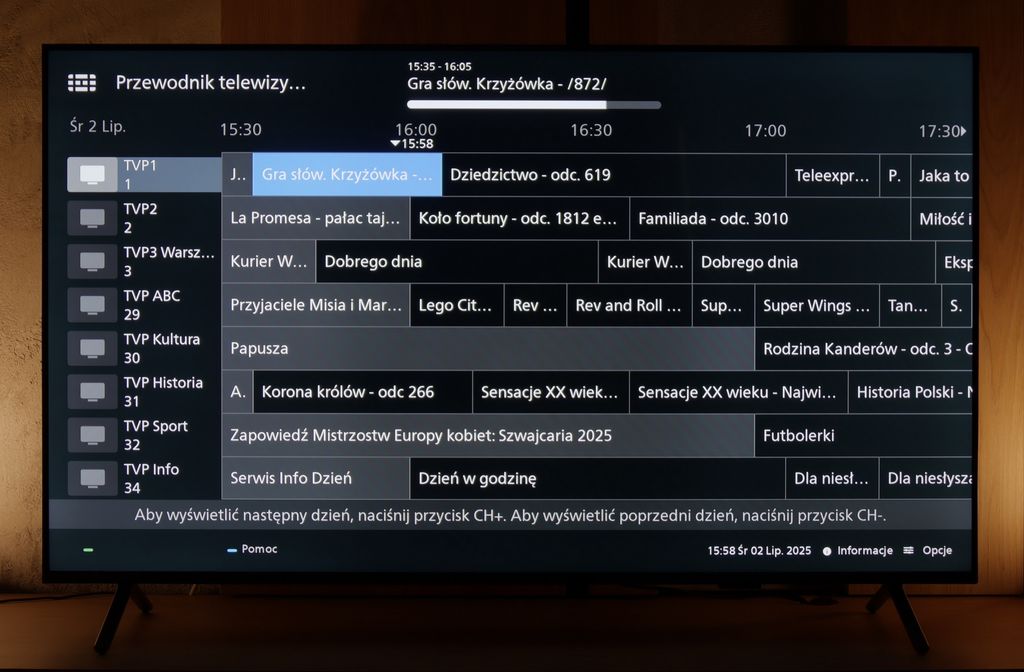
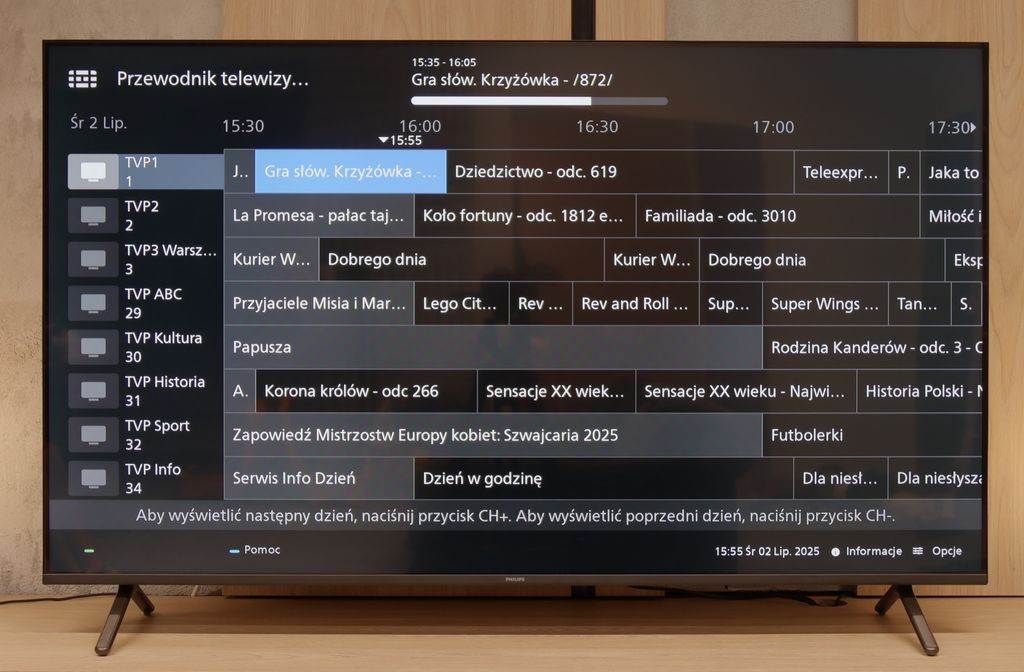
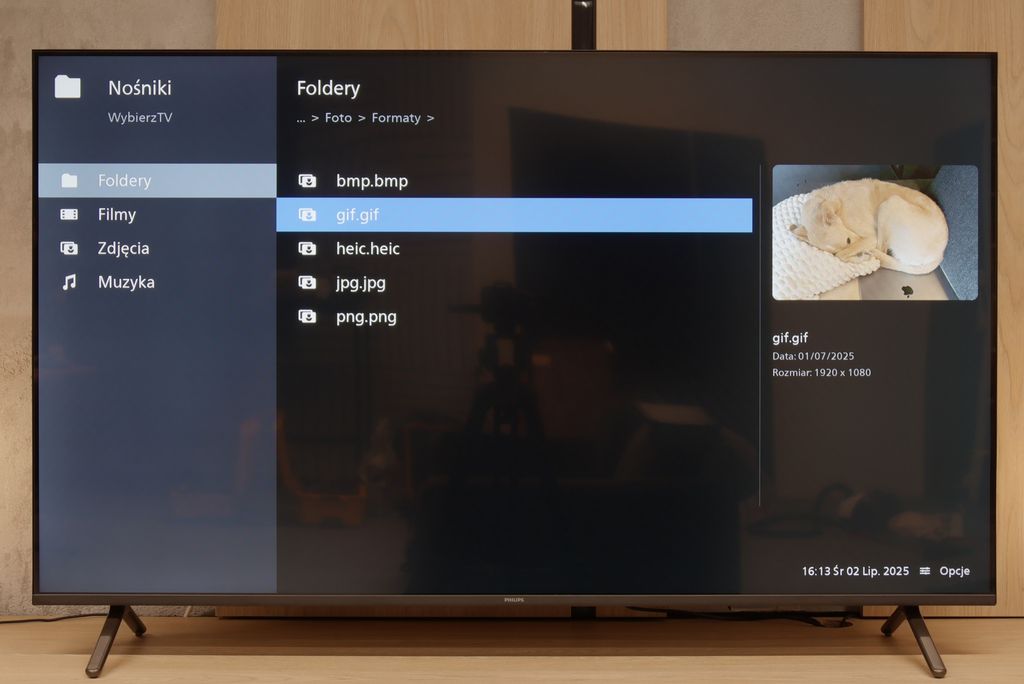
Contrast and black detail
5.7/10
6.1/10
Local dimming function: No
Local dimming function: No
Contrast:

Result
4,400:1

Result
5,200:1

Result
5,250:1

Result
5,250:1

Result
4,650:1

Result
6,000:1

Result
5,950:1

Result
6,250:1

Result
5,950:1

Result
5,750:1
Halo effect and black detail visibility:

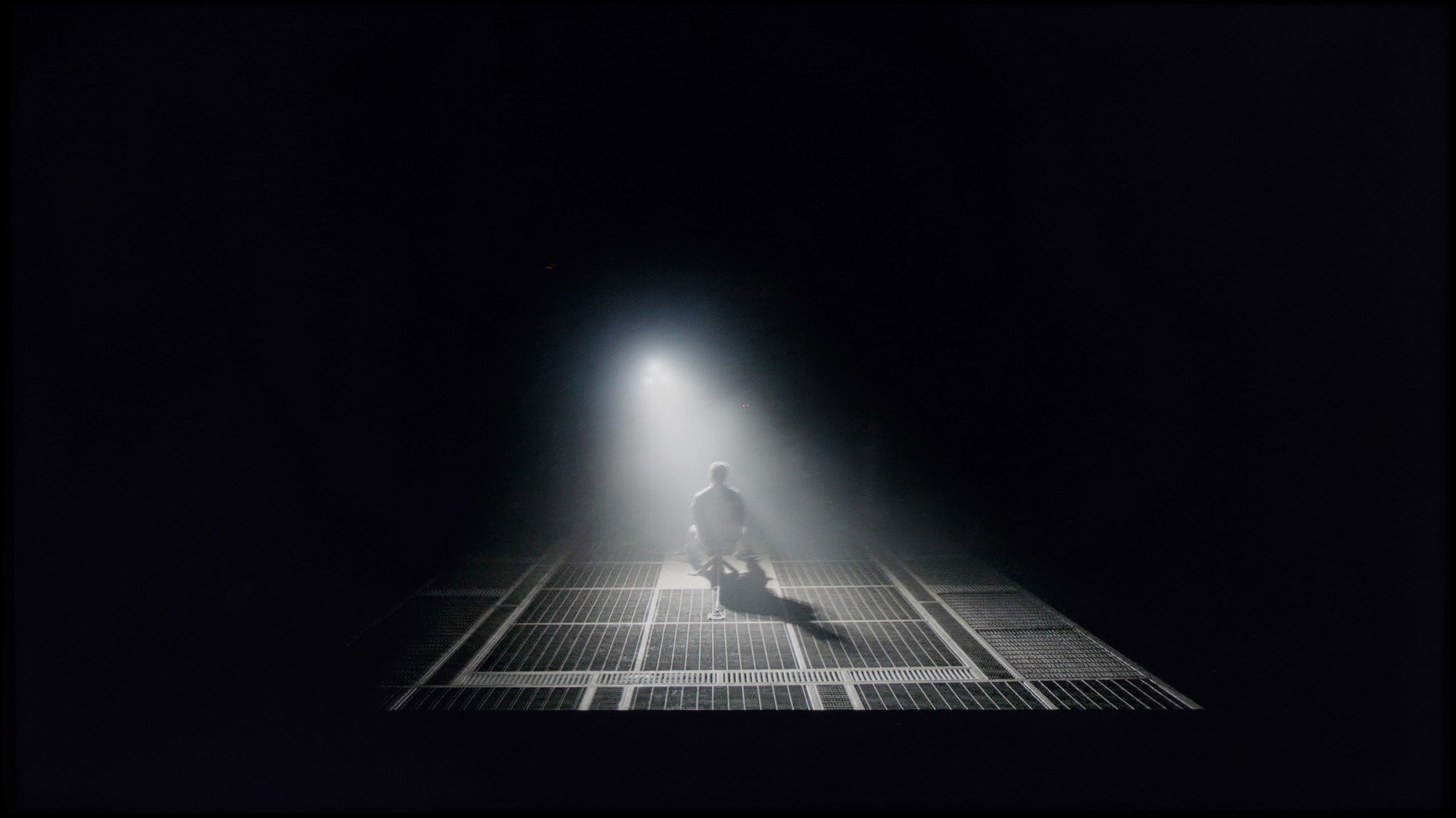
The Samsung DU7192 model, in this variant, is equipped with a VA matrix, which is definitely a plus in this class of televisions when it comes to blacks. As a result, the contrast is at a good level, and the test results reach around 5000:1. For this segment of televisions, it is a quite satisfactory result. Of course, the lack of local dimming - typical for this price range - means that the black in some scenes loses a bit of depth, taking on shades of navy blue. Such an effect can be observed, for example, in the movie Sicario 2 during demanding shots. Nevertheless, the overall quality of blacks remains satisfactory, especially for users who do not expect complete perfection in the darkest parts of the image.
The Philips PUS8560 in the size we tested is equipped with a VA panel. As a result, the black levels – for an LCD television – can be considered decent. And that is exactly the case with this model. Both the blacks and the overall contrast impression in the film scenes we tested are quite good – the image does not wash out, and details are visible even in more difficult sections.
But the panel alone is not everything. Unfortunately, the PUS8500 is not equipped with local dimming (which is a given looking at the TV segment), so one has to reckon with the fact that with completely turned-off lights, the black can resemble more shades of navy than true black. On the other hand – and here’s a plus for Philips – the Ambilight system does a great job. The backlighting makes a real impact on contrast perception. Thanks to this, even if the black technically isn't perfect, the subjective viewing experience becomes much more enjoyable. For many people, that’s enough for an evening screening to be truly impressive.
HDR effect quality
3.7/10
4.1/10
Luminance measurements in HDR:

Result
224 nit

Result
240 nit

Result
292 nit

Result
265 nit

Result
271 nit

Result
273 nit

Result
300 nit

Result
324 nit

Result
343 nit

Result
334 nit
Scene from the movie “Pan” (about 2800 nits)


Scene from the movie “Billy Lynn” (about 1100 nits)


Static HDR10


Dynamic: HDR10+
Dynamic: HDR10+


HDR luminance chart:
Philips PUS8500
Luminancja HDR
Luminance of RGB colors
Samsung DU7192 (VA)
Luminancja HDR
Luminance of RGB colors
The peak brightness of the television is about 280 nits on the luminance charts. Unfortunately, this value is too low to fully enjoy the effects of HDR, which require significantly higher luminance. In the tested materials, such as The Meg or Gemini Man, the lack of adequate brightness significantly limits the magic of HDR, and the details in the brighter parts of the image are not sufficiently exposed. For users primarily consuming SDR content, this level of quality may be acceptable, but it is definitely insufficient when it comes to HDR. Additionally, the coverage of the DCI-P3 color palette at 82% does not favor the presentation of HDR content in its full glory. The limited color gamut makes it difficult for the television to reproduce vibrant and diverse colors, which is crucial for achieving a cinematic experience.
When it comes to HDR performance on the PUS8560, one can confidently say that it is quite average. The brightness of the panel is around 350 nits, which we consider to be the absolute minimum for viewing content in this format. However, this is not a result that will impress viewers looking for the best possible image.
On the plus side, it is worth noting that the PUS8500 series – including the PUS8560/12 we tested – is marketed as a QLED television. And indeed, we can expect a wider color gamut here. This model is equipped with an additional filter (PFS), and the coverage of the DCI-P3 color space at around 90% should be sufficient for the majority of users. This filter works very similarly to quantum dots. As a result, the colors are quite well saturated. It’s not an outstanding result, but perfectly adequate for watching movies and series on streaming platforms.
Factory color reproduction
4/10
6.2/10


Factory Mode
After calibration

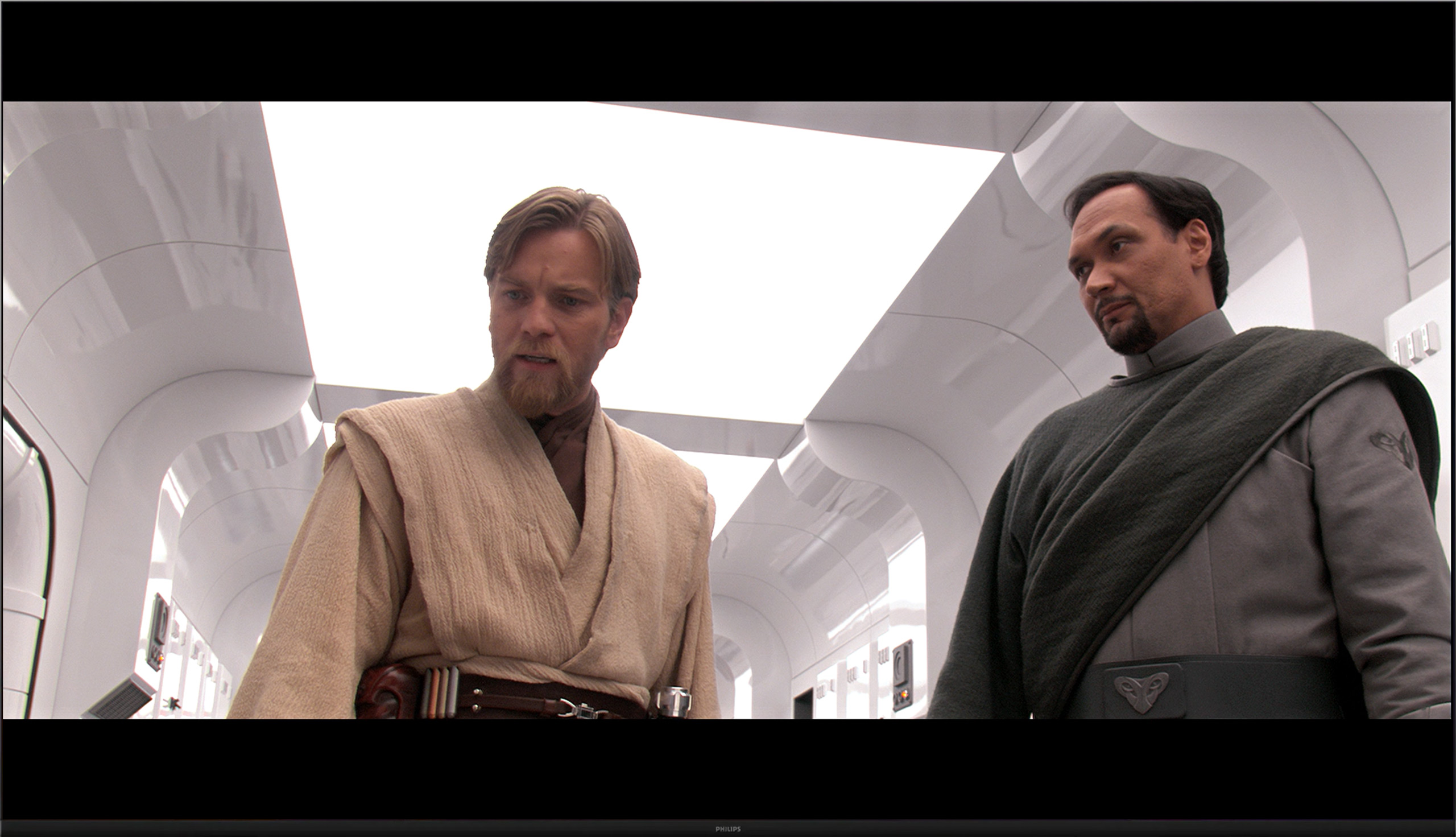
Factory Mode
After calibration
The best factory mode we relied on during testing turned out to be "Filmmaker." Although this mode is the closest to the intentions of filmmakers, it is not without certain imperfections. The white balance chart shows a clear dominance of red in both SDR and HDR, resulting in significant yellowness, particularly noticeable in whites and on the actors' faces. In HDR mode, there is additionally a slight dominance of green, which, however, does not have as much impact on the overall perception of the image. The gamma, responsible for brightness in SDR materials, performed quite well, but with one serious caveat. In the darkest areas of the image, it was too low, leading to excessive brightness in those scenes, depriving the film of drama and contrast. In HDR, the white balance remains at a similar level, but the EOTF curve chart draws attention. At the beginning, the curve clearly bulges, leading to strong brightness in the darkest scenes. Then the result drops sharply below the reference line, resulting in an image that is too dark and a loss of dynamics in the brighter areas.
To summarize, the "Filmmaker" mode, despite its advantages, requires refinement – especially regarding white balance and proper management of brightness in the darkest and brightest areas of the image. In its current form, it may be acceptable for less demanding users, but for viewers expecting precise image reproduction, it may leave much to be desired.
We tested the TV on the best available factory settings, which is in Film/Filmmaker mode – this is the mode we recommend for everyday viewing. Unfortunately, it is not without its flaws. Both in HD and HDR content, the image had a clear tendency to appear pinkish, caused by too much red and blue in the white balance. Another problem turned out to be excessive brightness of the image, which was confirmed by both the gamma chart and the EOTF curve. This characteristic was responsible for the loss of detail and washed-out colors in more challenging HDR scenes, as we mentioned earlier. Overall, this led to quite significant color reproduction errors – in extreme cases, the delta E value exceeded 7, while the threshold of visible errors for the human eye is about 3. This situation can be improved through calibration, and you can read about its effects below.
Color reproduction after calibration
5.9/10
8.4/10




Even with its lower models, Samsung offers extensive tools for image calibration, allowing for significant improvement of factory settings. We undertook this task, and the results proved to be more than satisfactory. The white balance, which previously exhibited strong yellowing in both SDR and HDR, has been significantly improved. Although minor deviations from the norm can be observed, the overall effect is much cleaner and more natural than before calibration. As a result, whites and skin tones look much better. We also managed to appropriately model the gamma in SDR materials, allowing for maximum contrast that this television can offer. The EOTF curve, responsible for HDR materials, has also been improved – the image is no longer brightened or darkened as drastically as it was before calibration. Despite these successes, HDR materials still struggle with high deltaE error values. The main cause lies in the limited brightness of the television, which does not allow for a full representation of HDR content dynamics. Nevertheless, after calibration, the picture is clearly better and more aligned with the creators' intent. For users seeking the best possible quality in this class of equipment, calibration is definitely recommended.
The Dutch manufacturer offers quite a large dose of settings in their products, so as usual, we decided to dig a little into them. The effects are immediately visible – we managed to correct the white balance, which made the image stop appearing excessively pink. The brightness characteristics were also partially balanced, of course, within the limits that the television itself allows. The image is no longer overly vibrant, and the overall reception after calibration is definitely better than in the factory settings of the Filmmaker mode.
One could only criticize the characteristics of the EOTF curve, which still indicates that the image tends to lighten materials in HDR format. Despite our efforts, the darkest parts of scenes can still be too bright, and the brightest do not always reach their full contrast potential. However, it must be clearly stated that we are dealing with a typically budget construction – you cannot expect reference-quality reproduction of HDR content from it.
Calibration definitely helped this model – it improved the balance, toned down the aggressive color scheme, and brought the image closer to what one might expect from a well-configured movie mode. However, there are certain limitations that cannot be overlooked.
Smoothness of tonal transitions
7.7/10
6.3/10





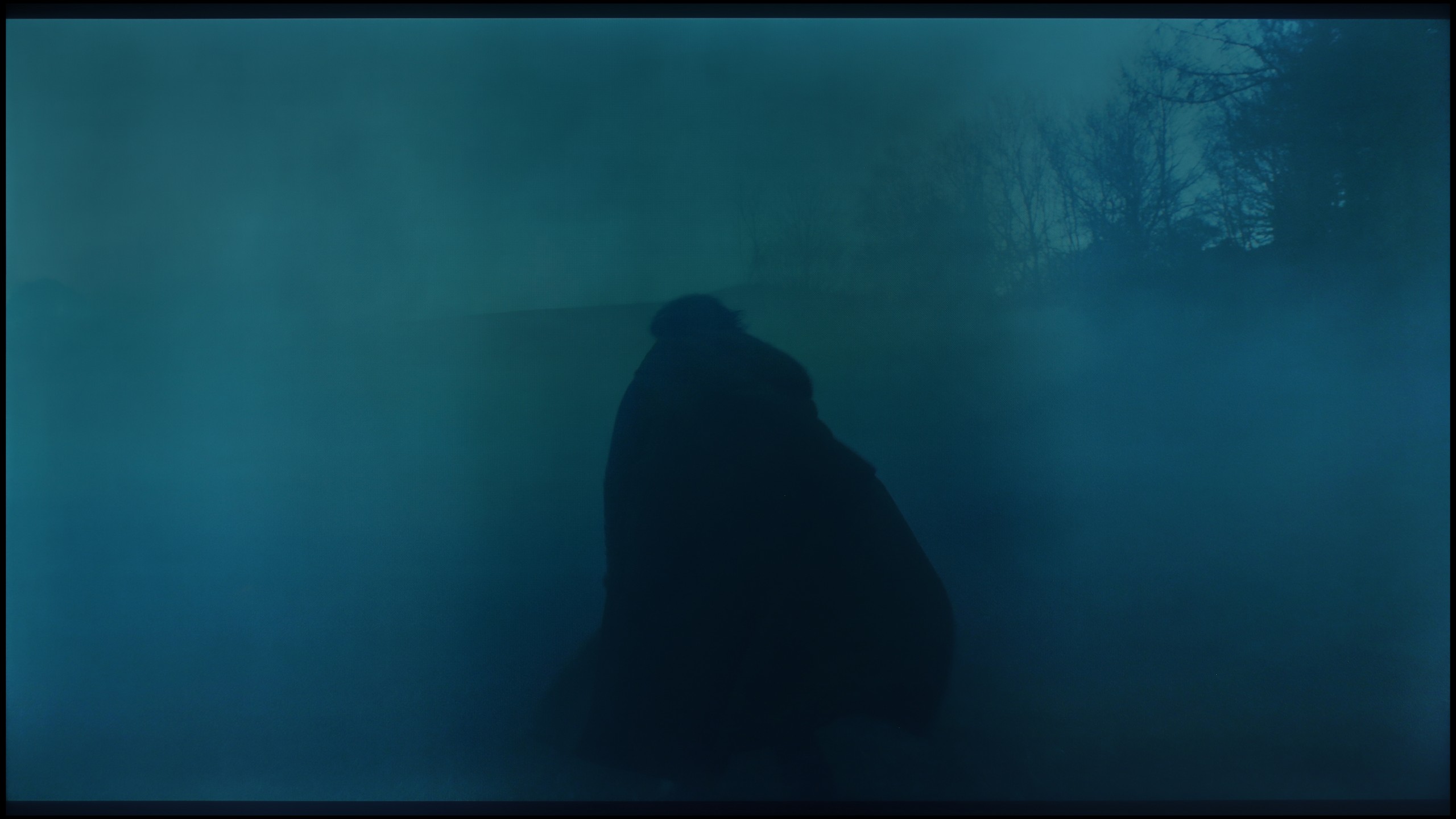

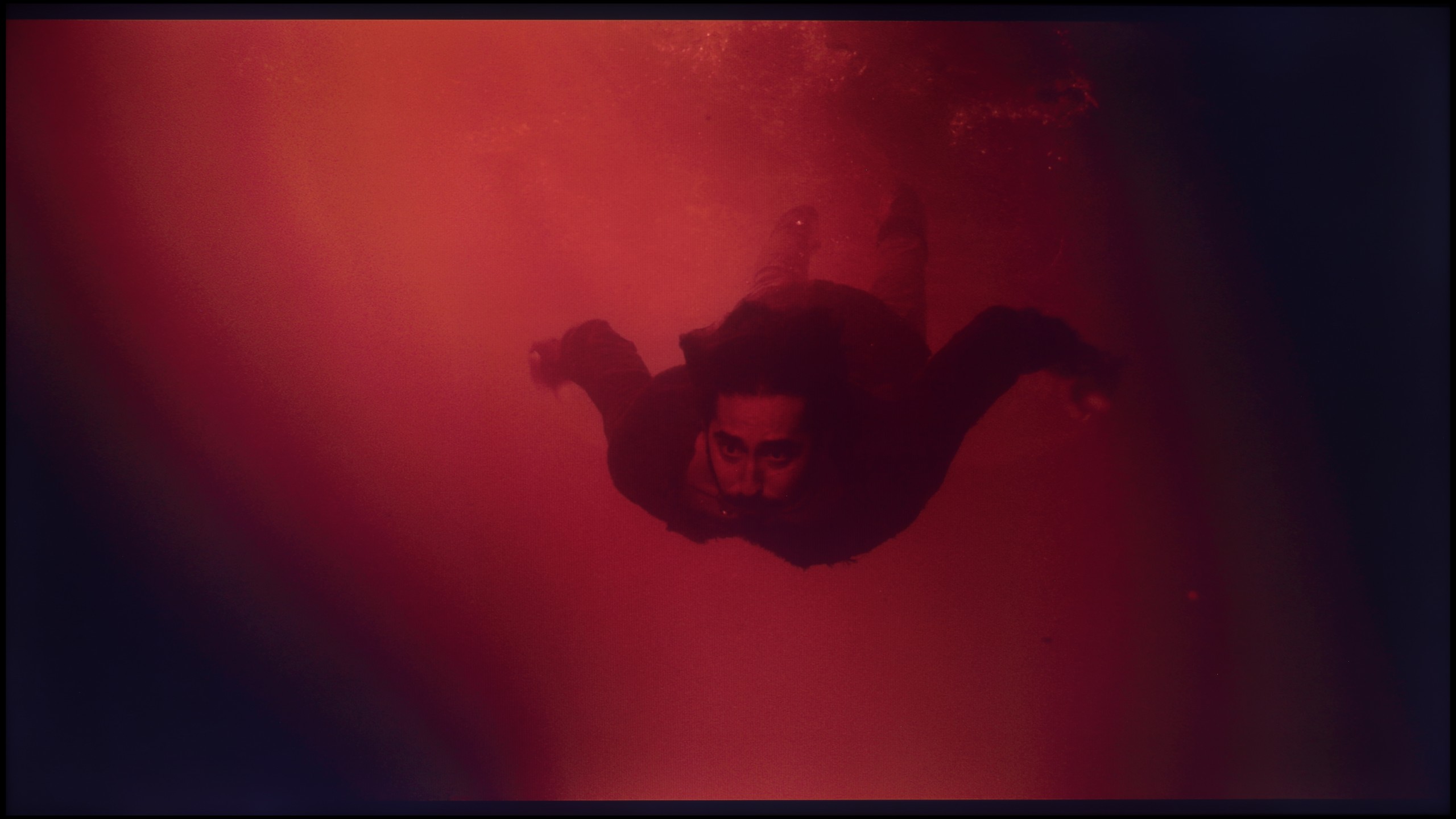




The Samsung DU7192 TV deserves praise for its smooth transitions in tones. In our tests, this model performed very well, offering smooth and natural transitions between shades. In everyday use, it is difficult to notice any imperfections that could affect viewing comfort. The only exception is the final scene in our testing procedure, where a slight posterization was noticeable in the reds on the left side of the image. Although this is a minor flaw, for most users, it will be nearly unnoticeable during normal use.
The PUS8560 handles color blending into smooth gradients very well. During testing, the image appeared cohesive and natural, with more serious issues with tonal transitions occurring only in very dark scenes – for example, in a shot with red water, where subtle cuts between colors could be seen. However, these are rather exceptions that do not spoil the reception of most content. It is worth mentioning another phenomenon that has a greater impact on image quality – the so-called dithering, or slight "sparkling" visible on solid backgrounds. This effect can be particularly noticeable in high-quality materials and may slightly detract from the impression of image clarity. It is for this flaw that we deducted some points in the rating.
Image scaling and smoothness of tonal transitions
3.2/10
6.1/10
Smooth transition function

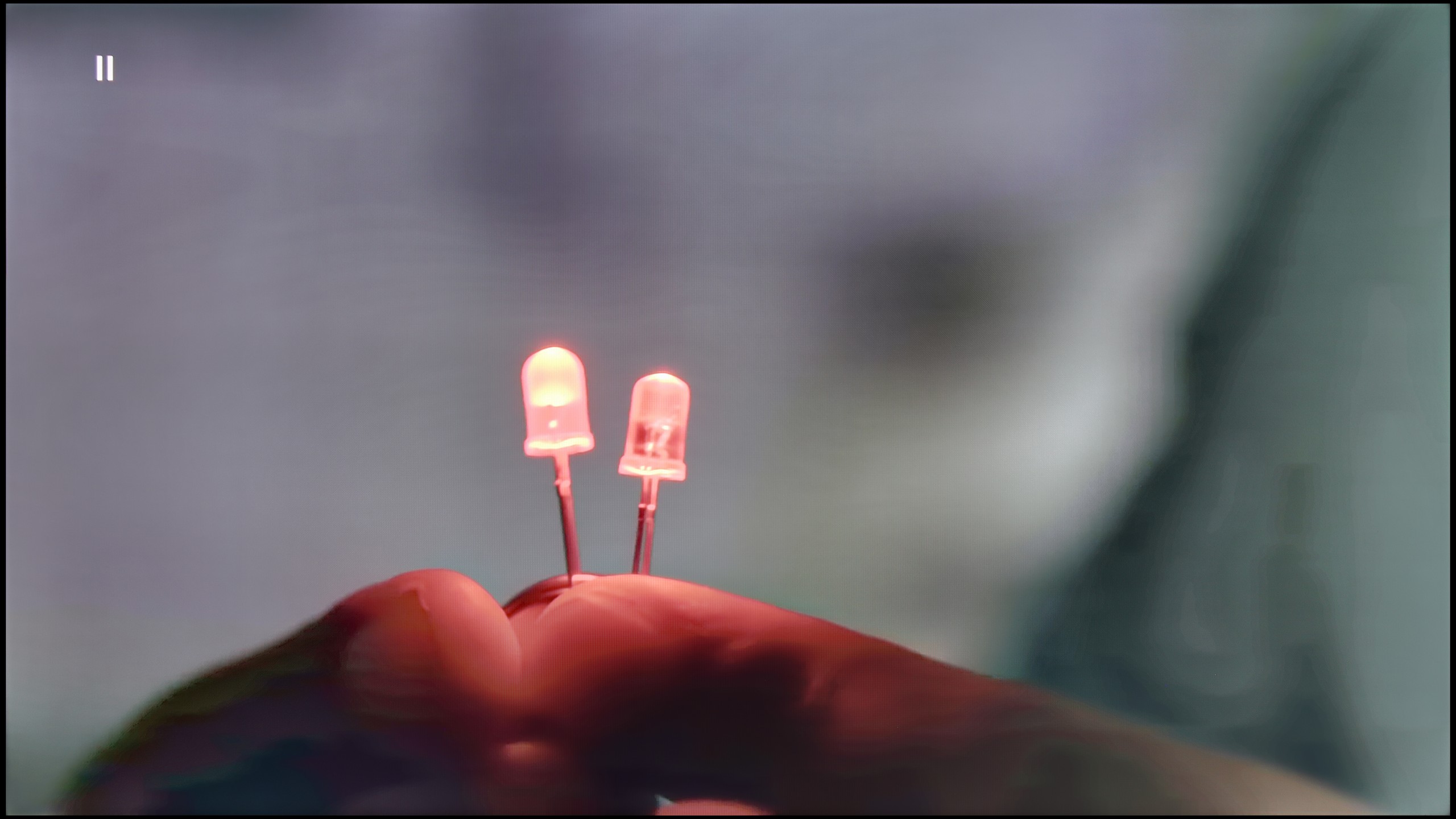
Image without overscan on the SD signal


The tonal smooth transition function operates in two modes – "off" and "auto." Turning it off causes gradation issues, while the "auto" mode provides smooth transitions but at the expense of grain and details that are often blurred. Due to these limitations, we do not recommend using this function, as confirmed by our tests conducted with it turned off.
Scaling lower resolution materials in this model is not impressive. Details are blurred, and the edges of objects may contain artifacts. This limitation means that the television is better suited for higher resolution content.
Philips PUS8560 offers a feature that reduces posterization, hidden under the name "distortion reduction." And while it indeed serves its purpose by smoothing problematic tonal transitions, it operates a bit too broadly. In practice, it affects not only colorful gradients but also softens faces, clothing textures, and furniture surfaces. This decreases the authenticity of the image—especially in films where natural texture is of great importance. However, if someone is looking for smoothing at all costs, it's best to set this option to "Low." For cinema image enthusiasts—definitely not recommended.
On the plus side, the quality of upscaling older materials should be noted—the PUS8560 model handles them surprisingly well. The image maintains a natural softness without artificially enhanced sharpness. It is also worth mentioning that the television correctly displays very low-resolution content, avoiding problems with cropping the edges of the image (so-called overscan).
Blur and motion smoothness
4.9/10
4/10

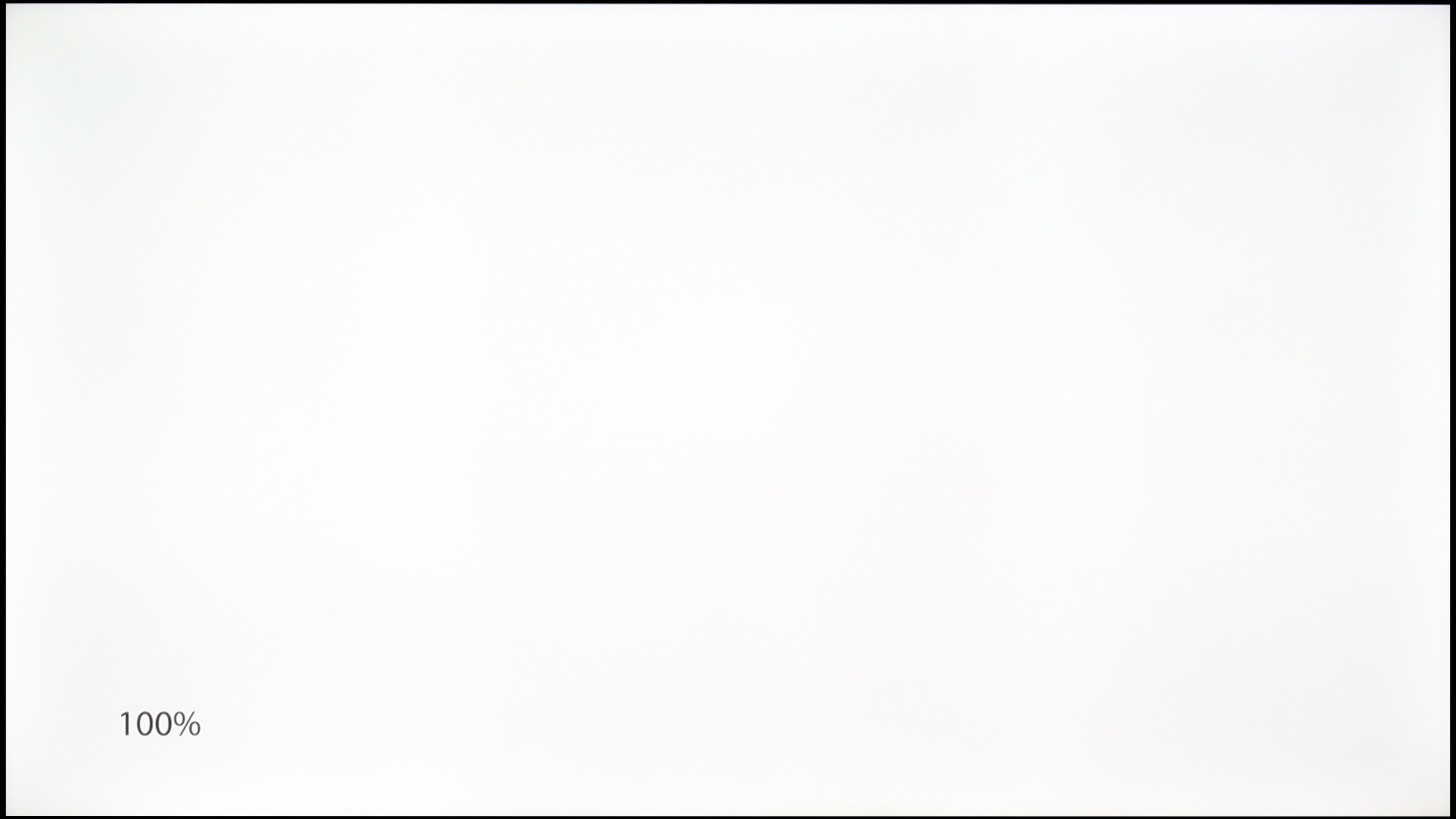
Blur (native resolution, maximum refresh rate):




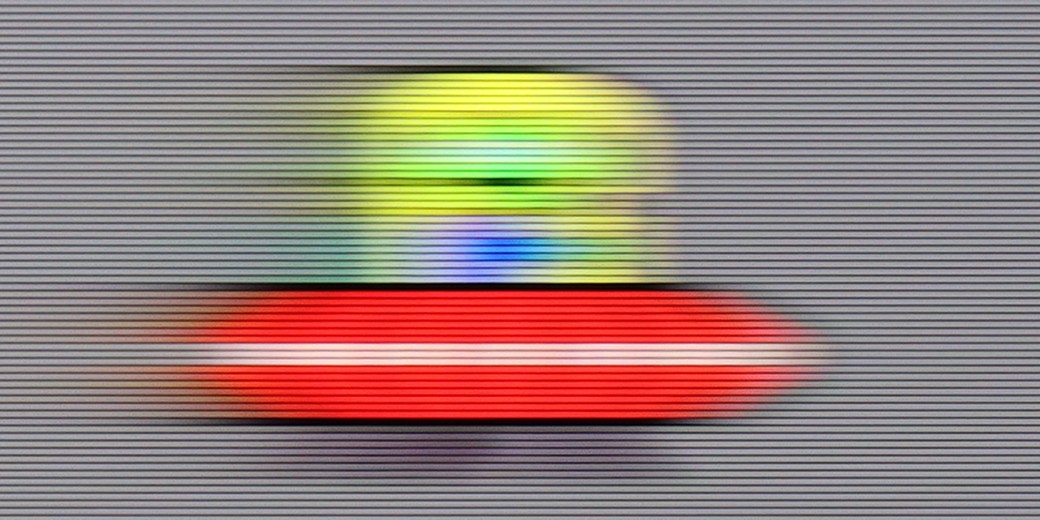
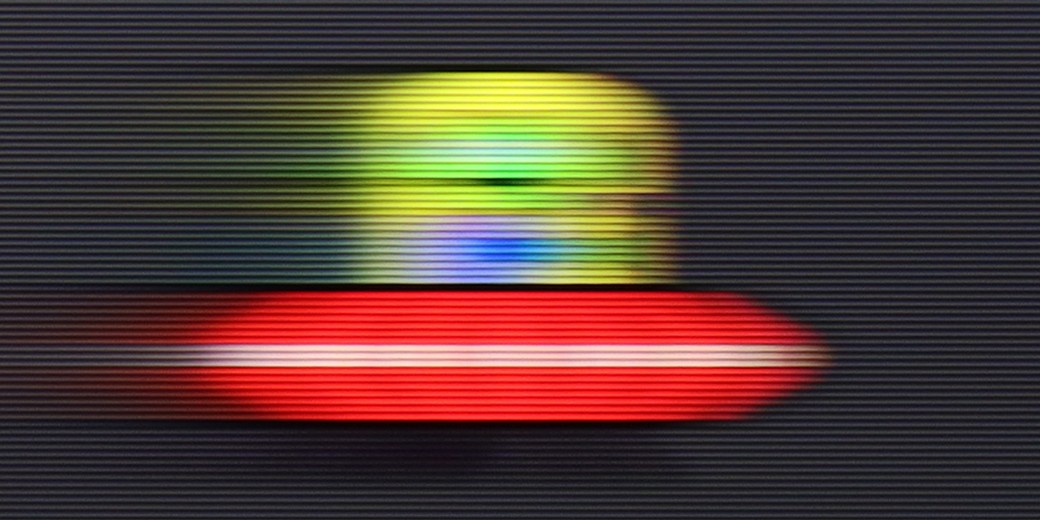
Although the Samsung DU7192 is the lowest model in the manufacturer's offer, it is equipped with a motion smoothing system. While the functionality of this solution is significantly limited compared to more expensive models, its mere presence distinguishes the television from competitors in this price range. The television supports a maximum refresh rate of 60 Hz, which is sufficient for comfortable viewing of movies and series, but may be inadequate for dynamic content such as sports. In the motion smoothing menu, we find, among others, the "Motion Blur Reduction" function. Unfortunately, its performance leaves much to be desired – regardless of the setting, the image exhibits characteristic stuttering known from material recorded at 24 frames per second, which makes this function practically fail to fulfill its role.
The Philips PUS8560 is a television equipped with a 60 Hz refresh rate panel, which already limits its capabilities for displaying dynamic content. Watching sports or playing on a console is not one of the most enjoyable experiences. The situation is further worsened by the lack of any option to improve the smoothness of films. In the menu, we won't find settings that would allow for the activation of a motion smoother or even a slight motion smoothing in films recorded at 24 frames per second. You can imagine the effect. The picture may look jerky, especially in shots with panoramic camera movements.
Console compatibility and gaming features
4.2/10
4.7/10
- ALLM
- VRR
- VRR range48 - 60Hz
- Dolby Vision Game Mode
- Correct implementation of HGIG
- 1080p@120Hz
- 1440p@120Hz
- 4K@120Hz
- Game bar

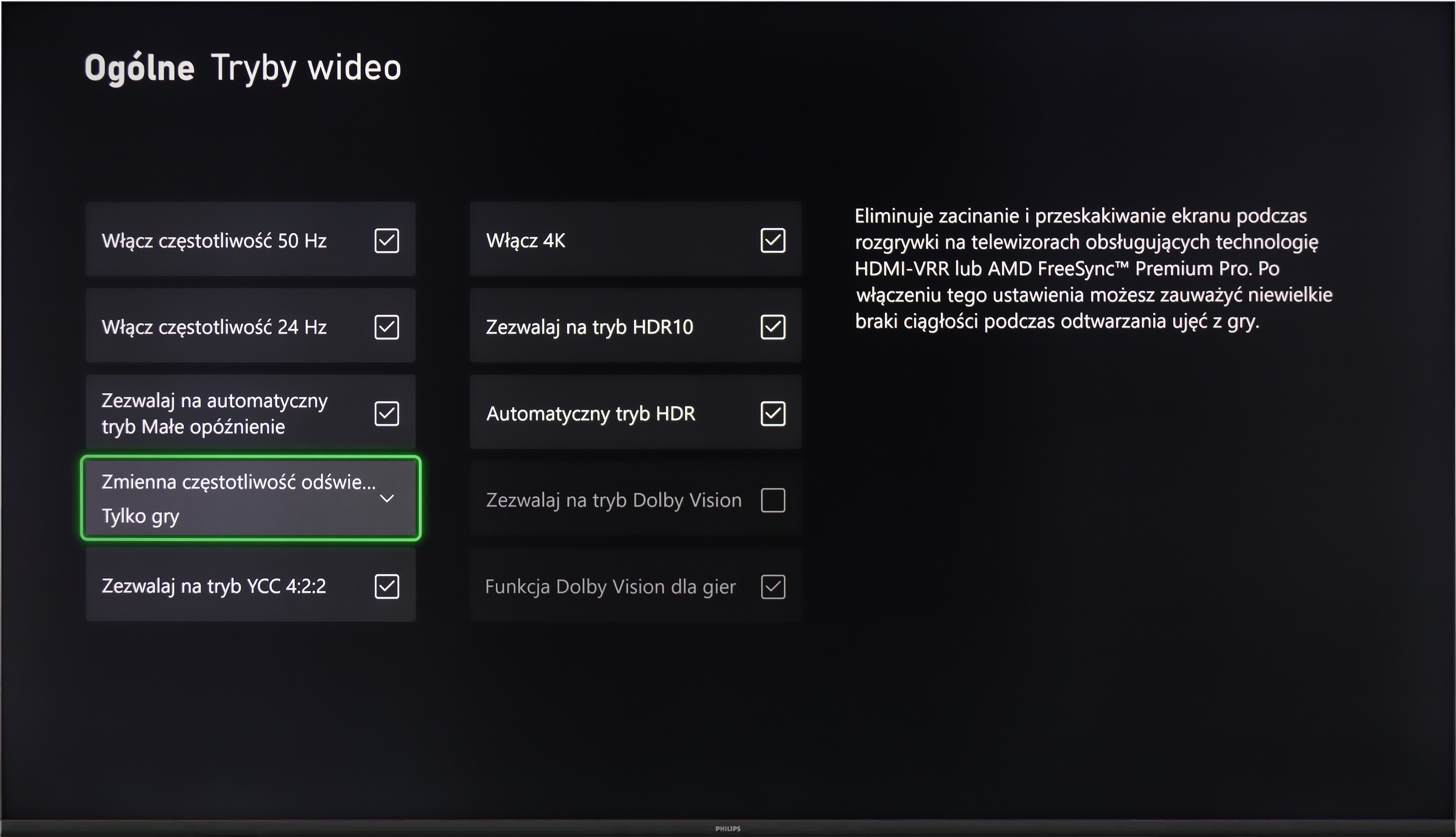

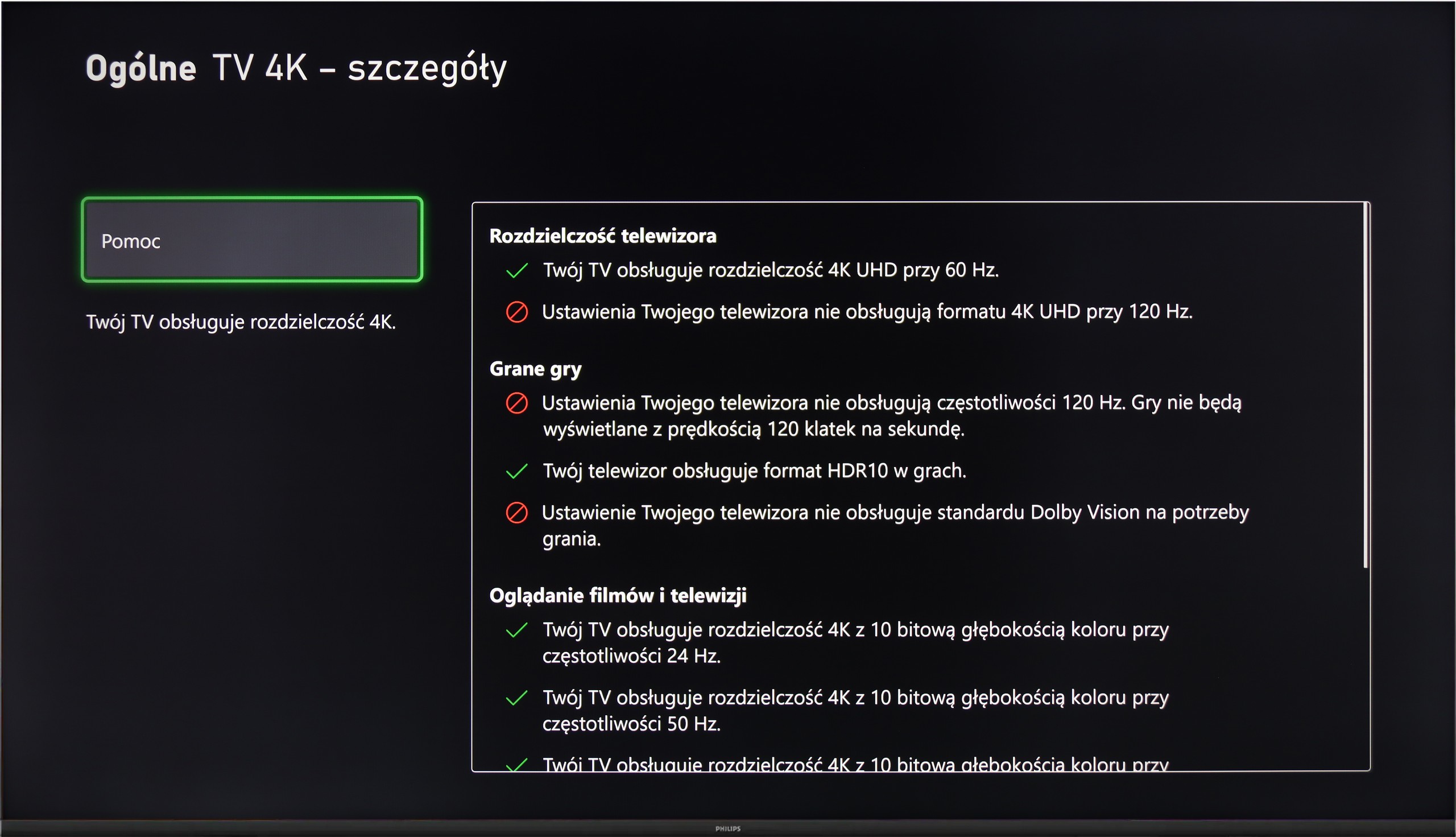

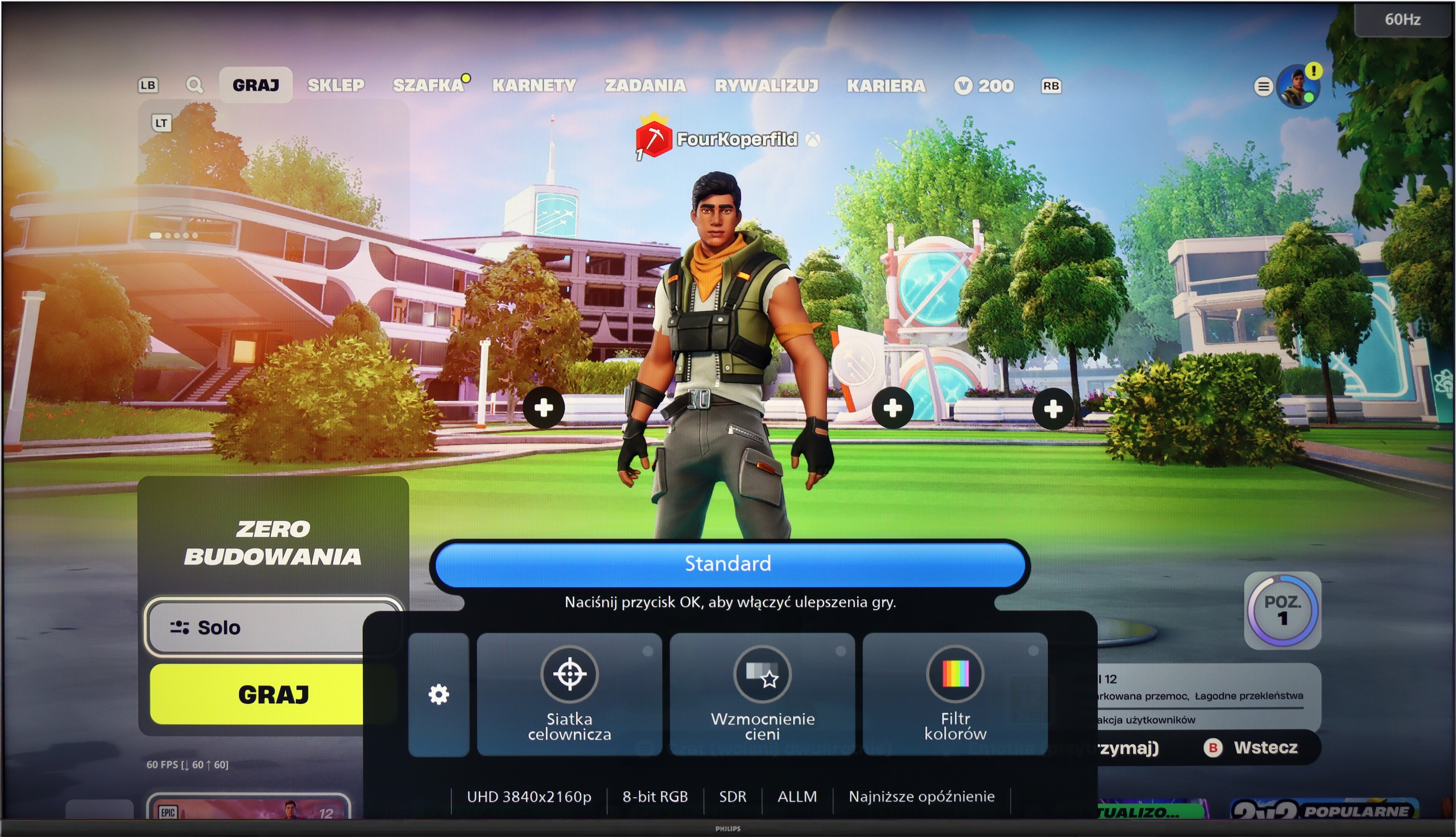

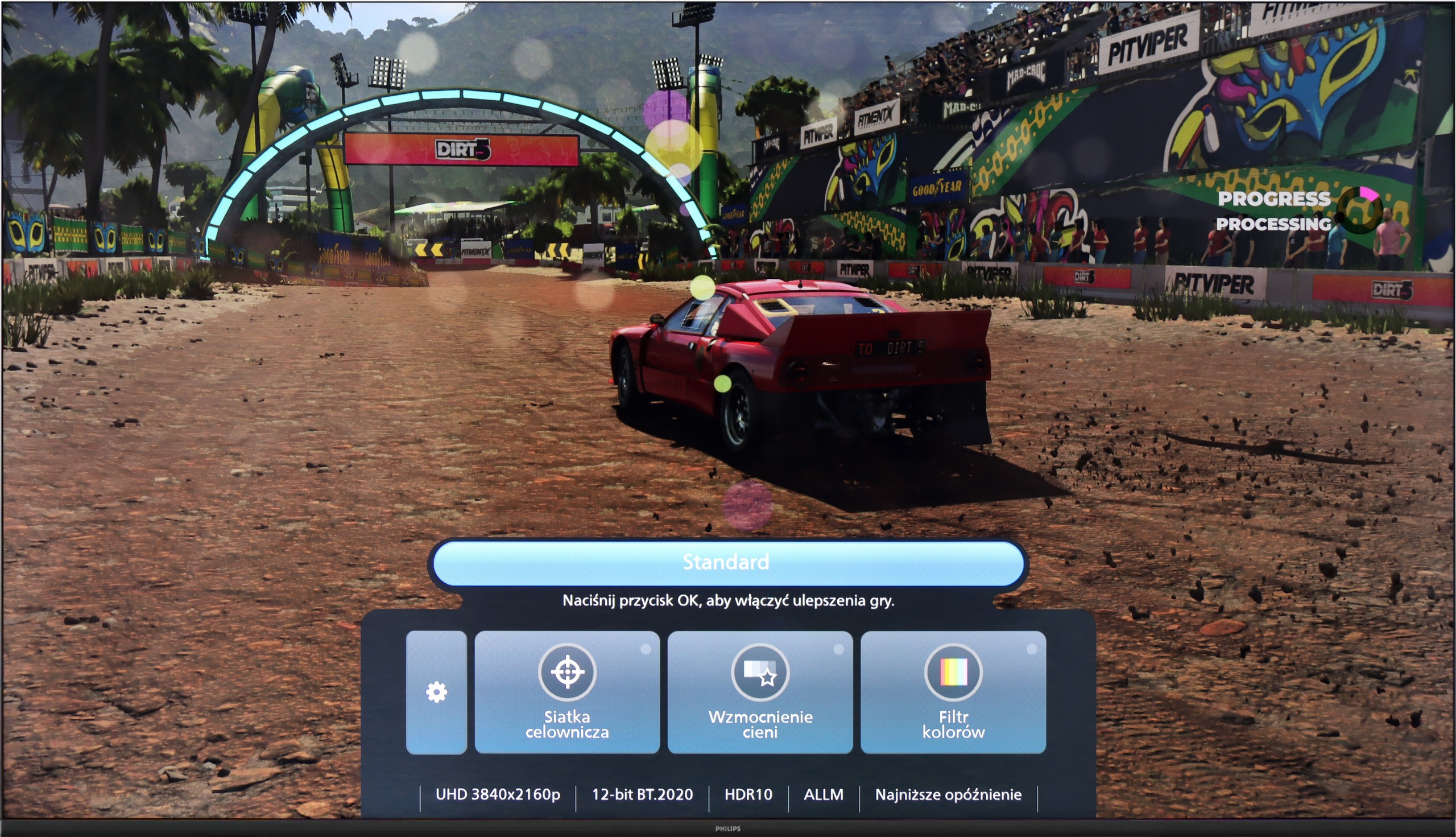
The Samsung DU7192 is equipped with HDMI 2.0 ports, which is expected in this price range. This limitation means a lack of support for the full capabilities of the latest generation consoles, such as VRR technologies. The television only offers basic features for gamers – automatic switching to low latency mode (ALLM) and support for basic HDR for games in the HGiG standard. HGiG allows for displaying HDR content in games according to manufacturers' guidelines; however, the limited brightness of the television does not allow for fully enjoying the effects that this standard offers. Unfortunately, there is a lack of conveniences such as GameBar, which is increasingly found even in cheaper models and greatly facilitates quick adjustments of settings for games. The presence of this feature could significantly enhance user comfort, especially among those who frequently change display modes.
Although the Philips PUS8560 is not designed specifically for gamers, the manufacturer decided to equip it with several features that may prove useful when connecting a console. It includes automatic switching to game mode (ALLM), as well as a simple connection status information bar – the so-called Game Bar. While it does not make a particularly strong visual impression, it serves its purpose. The presence of variable refresh rate (VRR), operating in the range of 48 to 60 Hz, might come as a surprise. While this is not a wide range, in the case of less demanding games or titles with unstable fluidity, VRR can help reduce the stuttering effect. However, this is the only element that can be considered above the minimum.
It should be clearly stated that the PUS8560 is not hardware for gamers looking for a responsive screen and full support for modern console features. It lacks HDMI 2.1 ports, the refresh rate is limited to 60 Hz, and the panel's response time is not among the fastest. This model may be suitable at most for casual gamers who want to enjoy the Ambilight system.
Input lag
10/10
10/10
SDR
HDR
Dolby Vision
The results of input lag measurements in the DU7192 are at a high level, regardless of the signal or resolution. All gamers will certainly appreciate the manufacturer's efforts, thanks to which a game running at 4K 60 Hz with HDR will have only 11 ms of latency, which is practically imperceptible even in online games.
The input lag on the PUS8560 is very good. When we previously wrote that this screen is more for "casual gamers," there's no shame in this regard – even compared to screens aimed at gamers. Results around 12 ms are truly exceptional, allowing for enjoyable responsive gameplay. It doesn't matter if we are playing in Full HD or 4K – the lag remains just as low, so if you care about quick reaction times, the PUS8560 will definitely not disappoint in this aspect.
Compatibility with PC
6/10
5.6/10

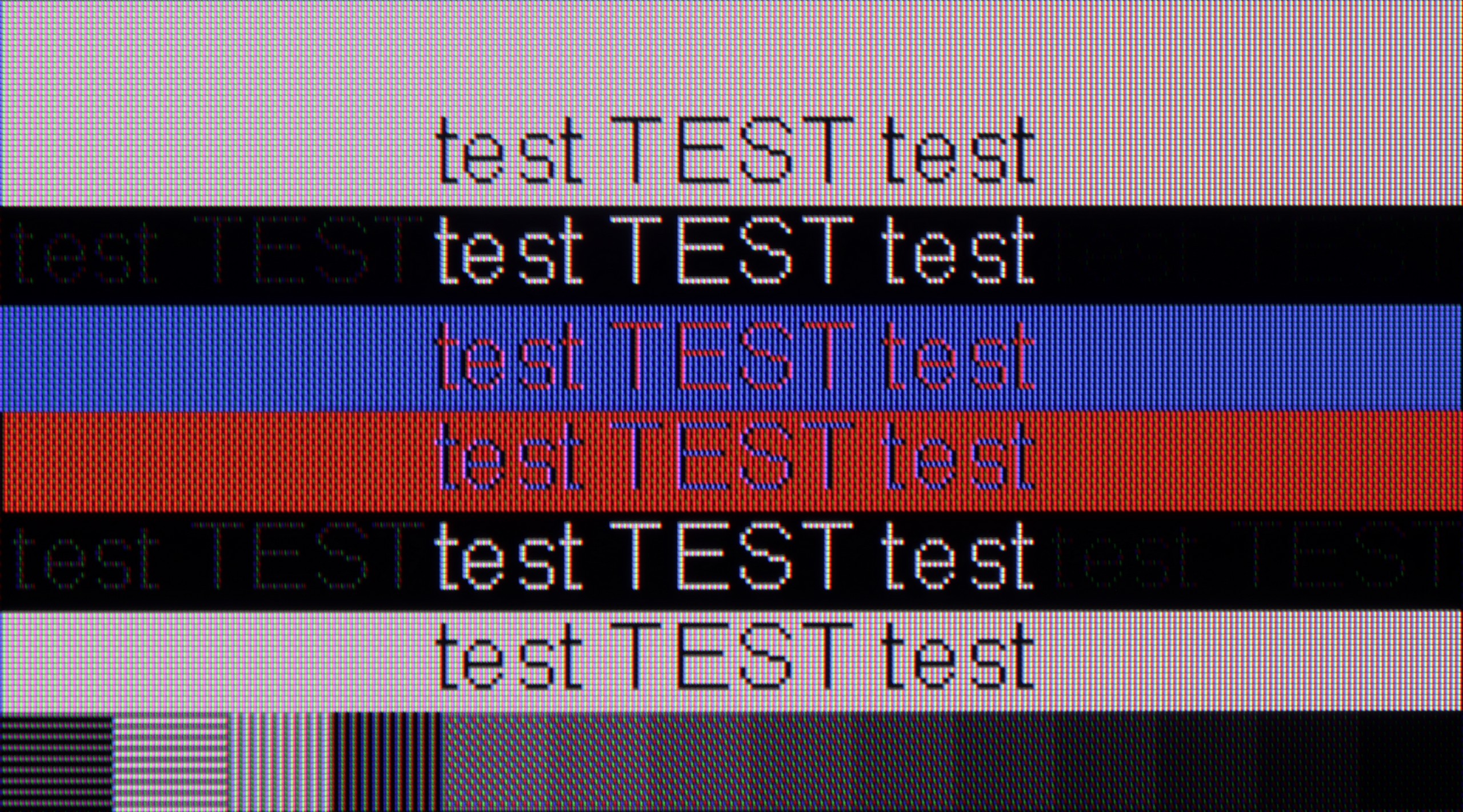
By connecting the Samsung DU7192 TV to a computer, we can expect a low input lag of around 11 ms, which is practically unnoticeable and ensures smoothness in the mouse-screen-eye line. Additionally, thanks to the correct implementation of 4:4:4 chroma, the readability of fonts is at a high level, making this model a good choice for text work. The TV uses a BGR subpixel layout, which in practice does not negatively affect its performance as a monitor. Although operating systems are not optimized for this subpixel format, which can lead to slightly less sharp contours, it is a practically unnoticeable drawback and only perceptible by a few. When it comes to gaming on PC, the lack of support for G-Sync or FreeSync and the limitation of the refresh rate to 60 Hz may disappoint players who prefer dynamic titles requiring quick reactions. For this reason, as a gaming monitor, the DU7192 is average.
When it comes to working with a PC on the PUS8560, it looks... quite strange. Chroma 4:4:4 is present in "Monitor" mode, but there is a problem with gray fonts – not all subpixels light up, which makes the text appear pixelated. On the other hand, in "Game" mode, chroma 4:4:4 disappears, but the gray fonts look correct. In practice, we are therefore forced to juggle settings if we want to have perfectly readable text all the time. And what about gaming on the computer? Our opinion remains the same as regarding consoles – it's doable, but without any fireworks. There is no variable refresh rate for G-SYNC graphics cards, and the refresh rate itself remains relatively low. On the plus side, we can again highlight the very low input lag, which saves the day in fast-paced games.
Viewing angles
3.8/10
3.3/10
The viewing angles on the Samsung DU7192 television are average, which is due to the use of a VA panel. Compared to the previously tested model with an IPS panel, the picture quality when viewed at an angle is distinctly worse. Although the VA panel provides better contrast, a side effect is the limited viewing angles, causing colors to lose intensity and black to become clearly washed out when viewed from the side. Therefore, this model is best suited for settings where viewers can sit directly in front of the television.
The viewing angles on the PUS8560 are exactly what you would expect from a VA panel - they don't perform the best. The image loses quality even with a slight shift off-axis – colors become washed out, and the black starts to resemble a dark navy. This is, of course, the price paid for the better contrast that VA offers directly. In the case of our 55-inch unit, it is still acceptable, especially if the TV is perfectly positioned in front of the couch. But with larger screen sizes or a less central placement in the living room – it could be a problem for comfortable viewing.
TV efficiency during daytime
3.2/10
4.9/10

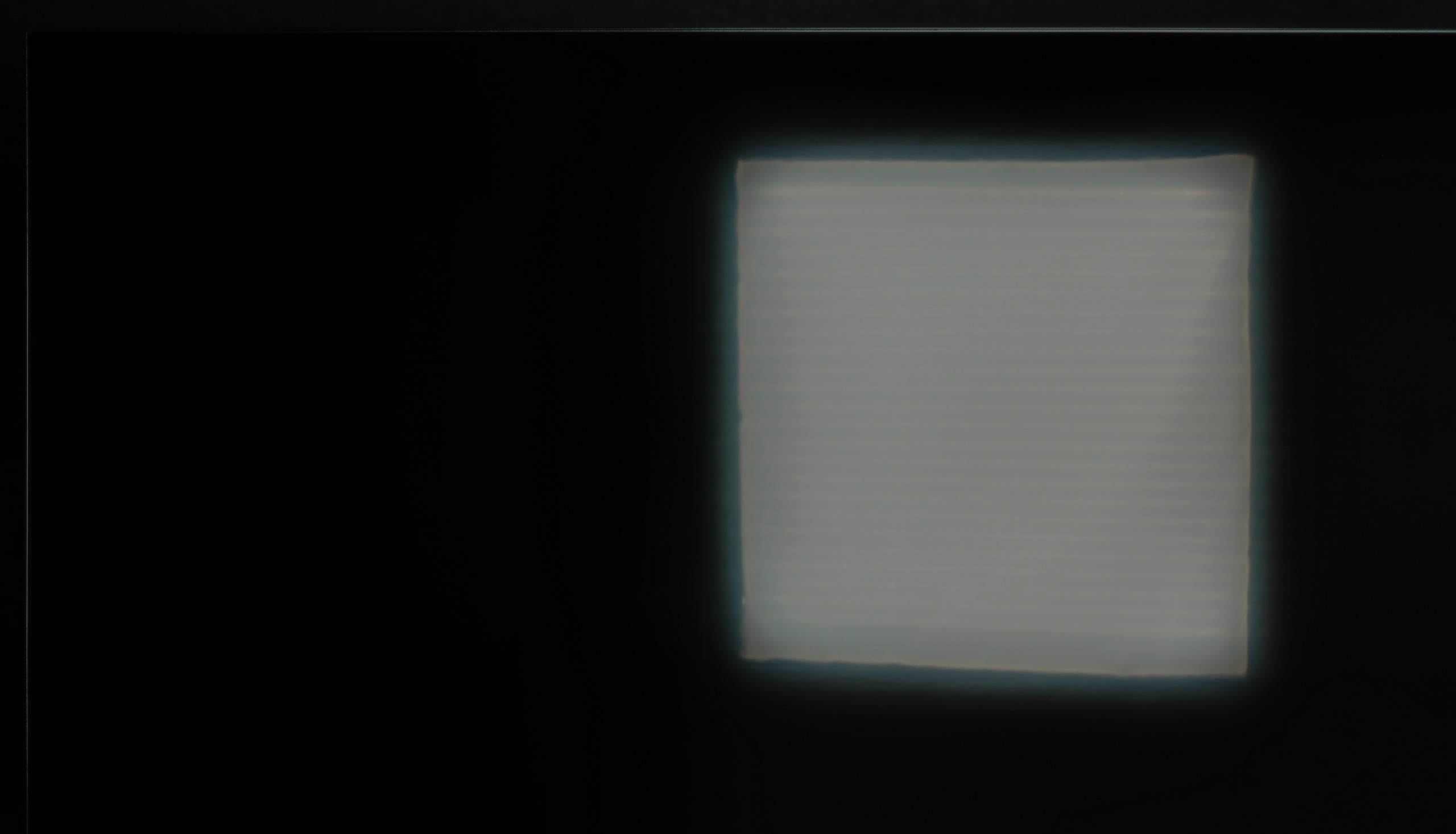

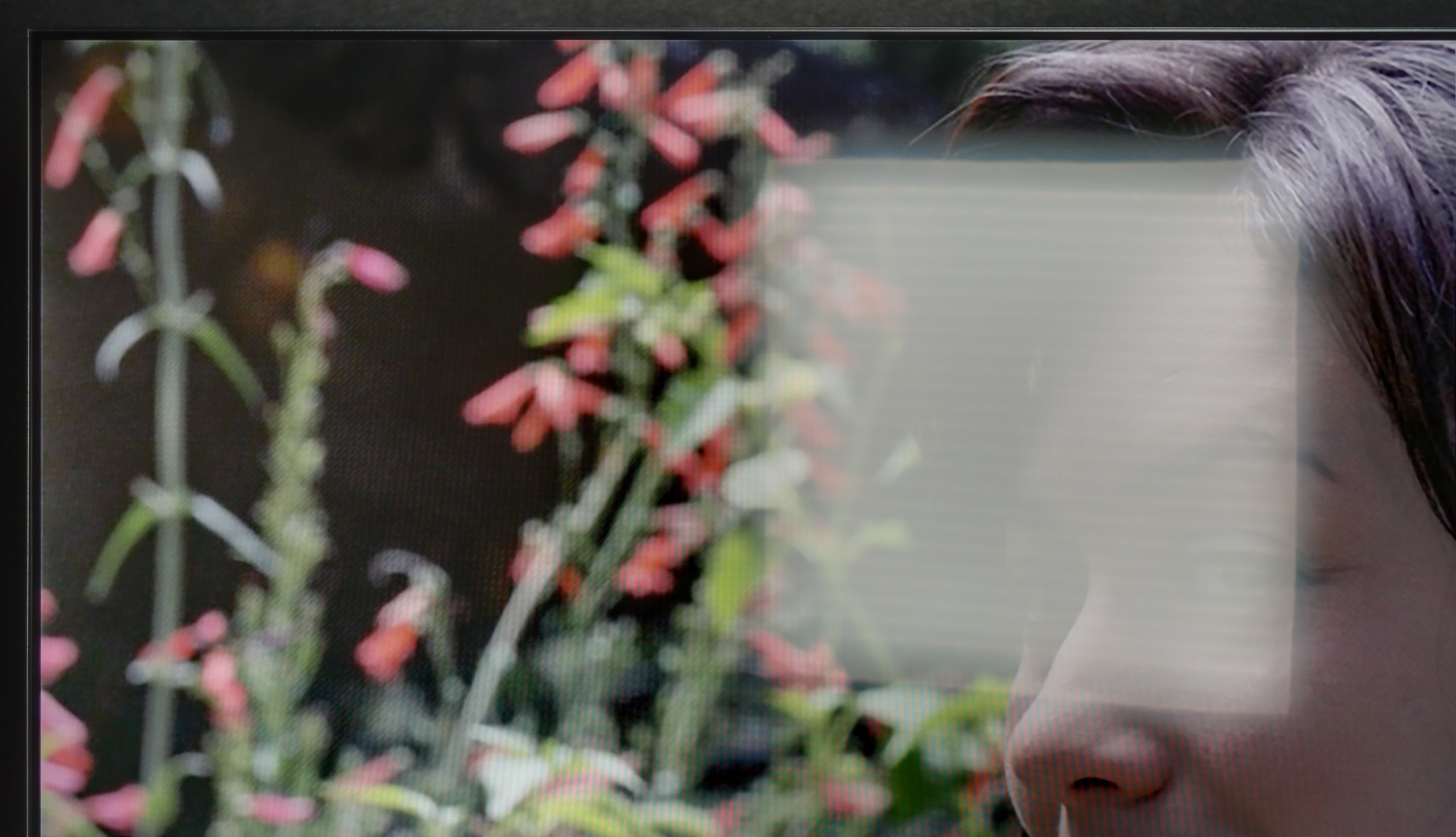
Matrix brightness
Average luminance SDR
Philips PUS8500 : 331 cd/m2
Samsung DU7192 (VA): 227 cd/m2
The Samsung DU7192 television panel finished in satin provides only average light reflection attenuation. Unfortunately, in practice, it does not perform very well in neutralizing glare, especially when light falls directly on the screen. Additionally, the maximum brightness of the panel in SDR materials, which is only 227 nits, does not help improve visibility in well-lit rooms. Therefore, the television will perform better in dimly lit conditions, as its performance is significantly limited during the day.
PUS8560 performs moderately during the day. The satin finish of the panel effectively reduces reflections, so light from the window or lamp doesn't interfere too much. The black also looks decent for a VA panel – even in daylight, there are no significant losses in contrast. But the charm fades when it gets really bright. The panel's brightness is around 300 nits, which is definitely too little to speak of full comfort in a brightly lit room. In such conditions, the PUS8560 simply needs to be supported by curtains – otherwise, the picture starts to look quite pale.
Details about the matrix
Subpixel Structure:
Panel uniformity:

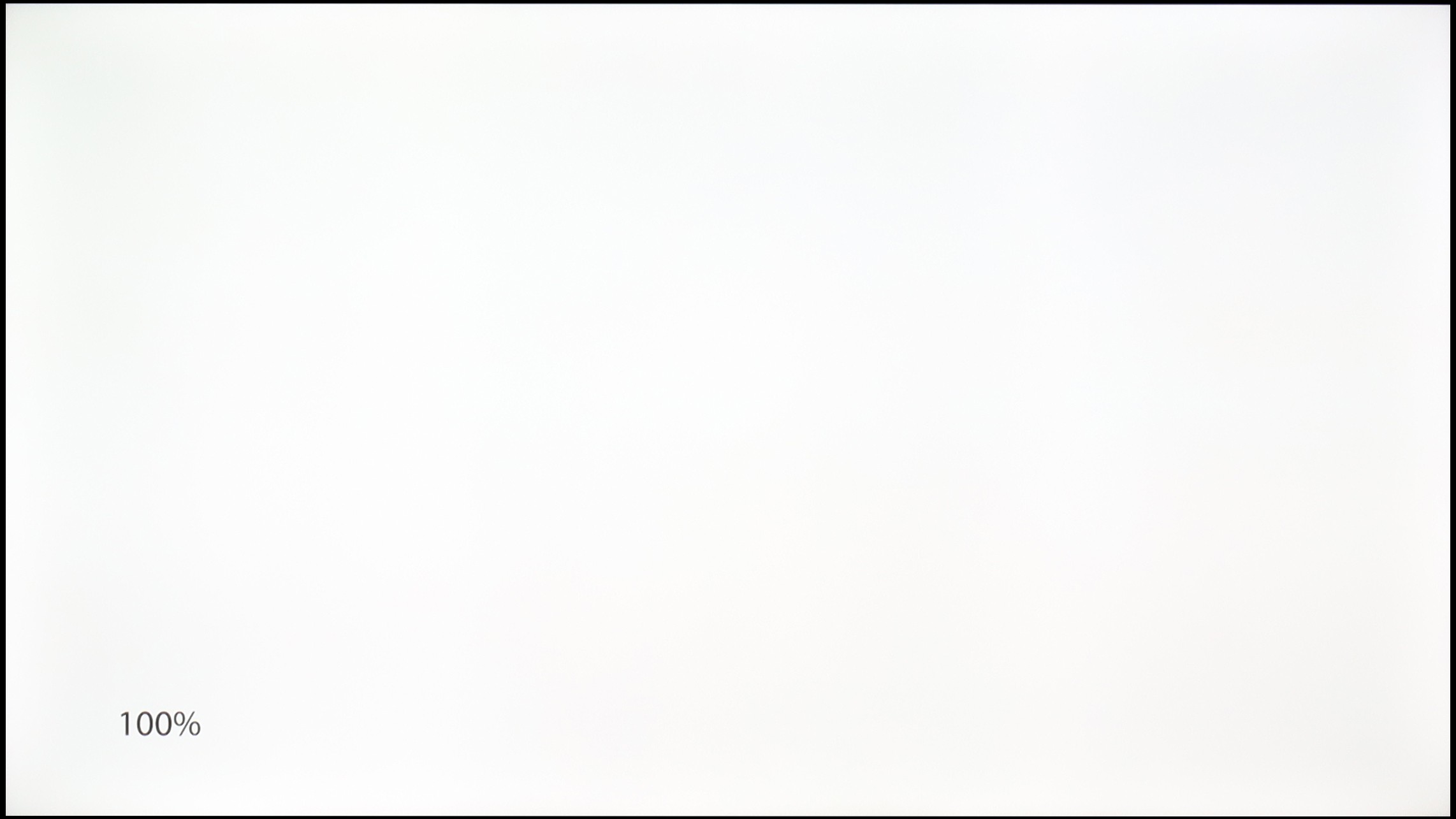
TV features
5.5/10
4.9/10
- HDMI inputs3 x HDMI 2.0, 0 x HDMI 2.13 x HDMI 2.0, 0 x HDMI 2.1
- OutputseARC (HDMI), ARC (HDMI)Toslink (Optical audio), eARC (HDMI), ARC (HDMI), Mini-Jack (Headphones)
- Network InterfacesWi-Fi 2.4GHz, Wi-Fi 5GHz, Ethernet (LAN) 100MbpsWi-Fi 2.4GHz, Wi-Fi 5GHz, Ethernet (LAN) 100Mbps
- TV receptionDVB-T, DVB-T2, DVB-S, DVB-S2, DVB-CDVB-T, DVB-T2, DVB-S, DVB-S2, DVB-C
Classic features:
- Recording to USB (terrestrial TV)
- Recording programming
- Picture in Picture (PiP)
- RF remote control (no need to aim at the screen)
- Backlit remote control
- Teletext
- Audio only mode
- Possibility to connect Bluetooth headphones to the TV
- Possibility to simultaneously use Bluetooth headphones and the TV speaker
Smart features:
- AirPlay
- Screen mirroring (Windows Miracast)
- Wyszukiwanie głosowe
- Voice search in native language
- Ability to connect a keyboard and mouse


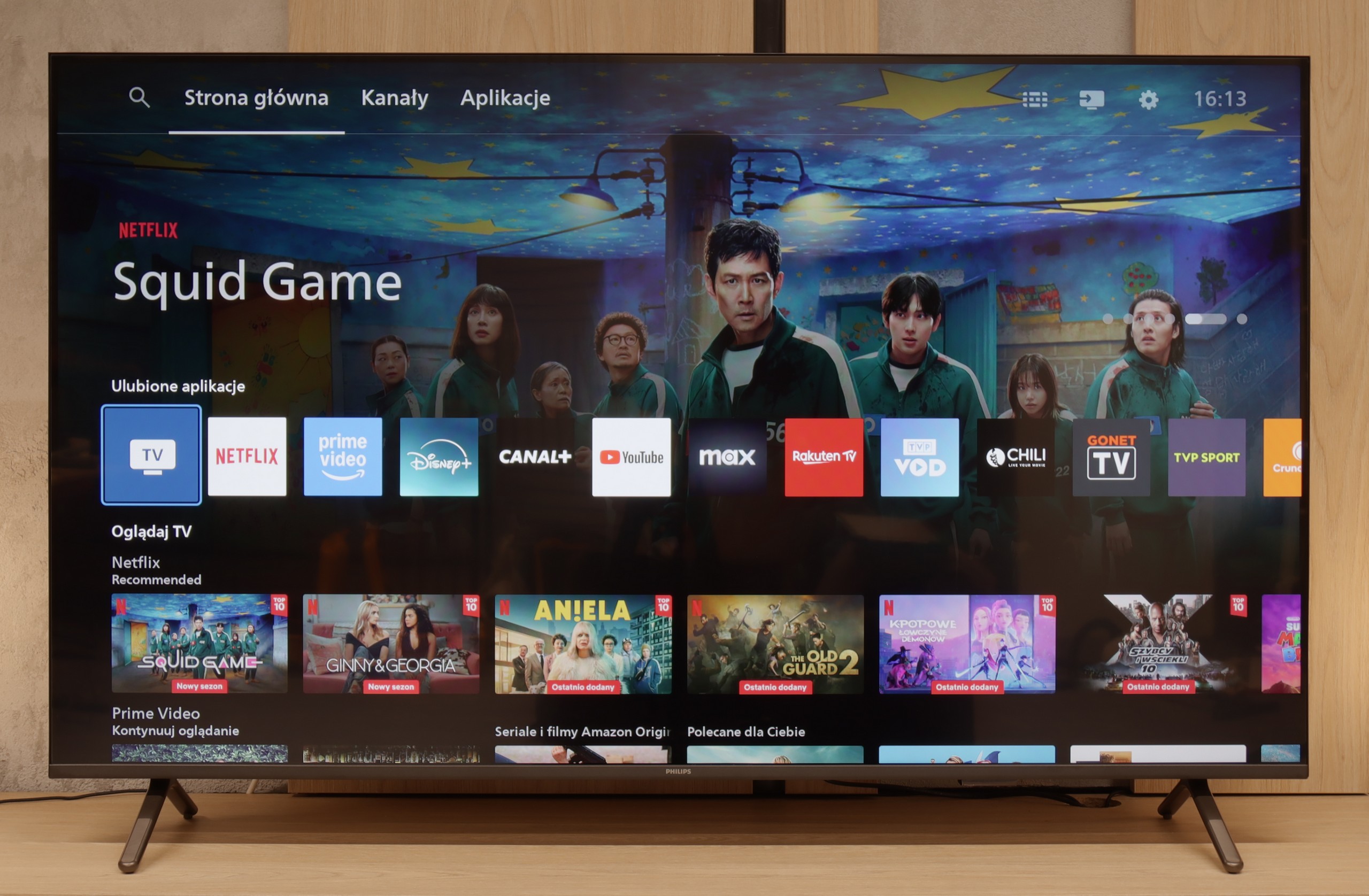
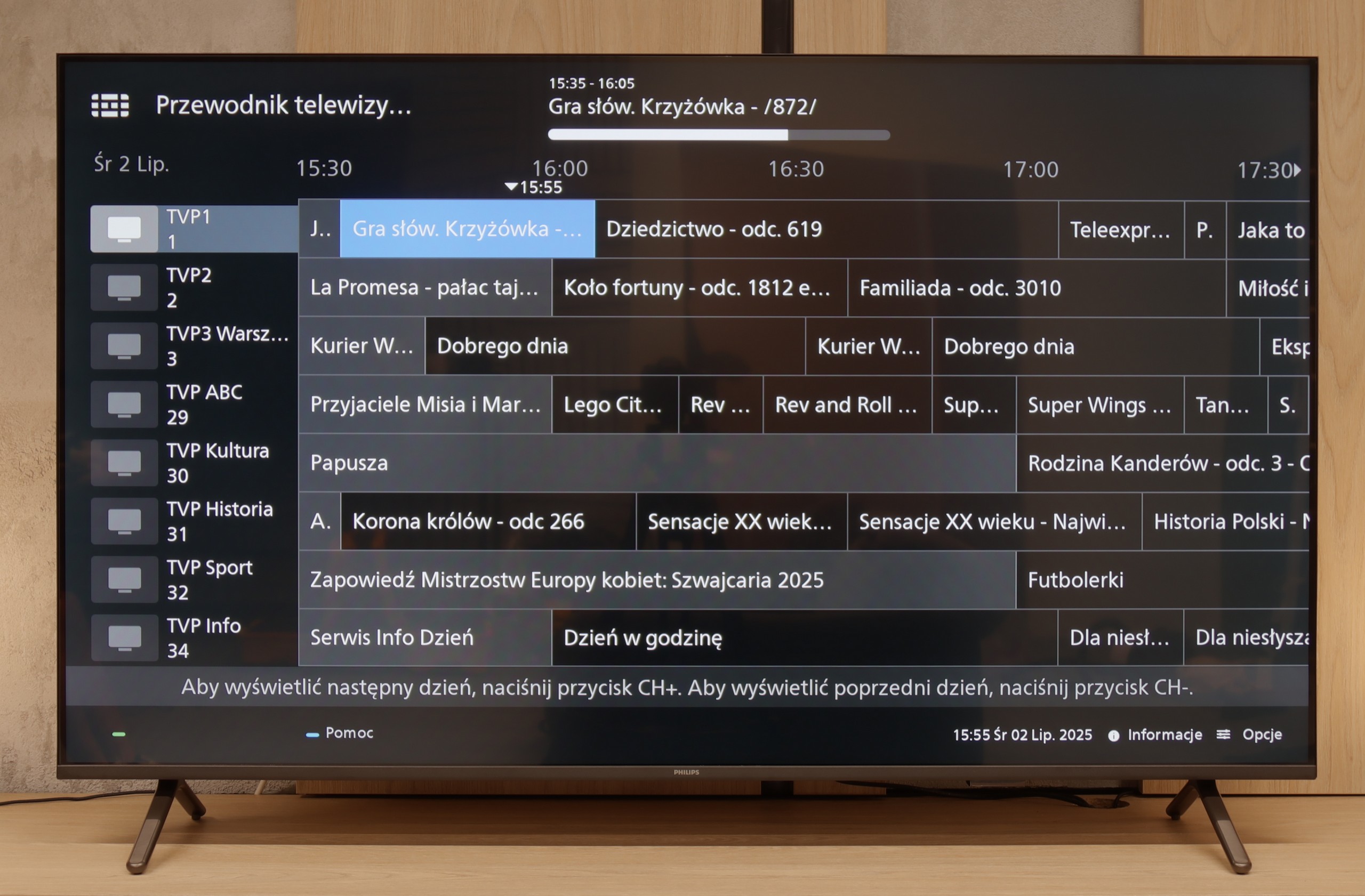
Samsung DU7192 uses the Tizen system, which has long been the foundation of software in televisions from this manufacturer. One of the biggest advantages of this system is its smooth performance – in our tests, we did not notice any freezes or other responsiveness issues. The interface is clear, and navigating through the menu is intuitive, especially with the help of the included Bluetooth remote, which allows for quick and convenient control.
The app store offers a wide selection of items, but the limitations resulting from the closed nature of the system may disappoint more advanced users. For example, there is no option to install apps from outside the official store, which can be felt when lacking support for certain services, such as Tidal.
However, the Tizen system stands out with excellent integration with external devices, such as set-top boxes or soundbars. The process of connecting them is quick and hassle-free. An additional advantage is the support for AirPlay, which will particularly please users of Apple devices, allowing for easy image sharing on the television screen.
Classic TV Features:
If you are looking for a TV that "works" in the basic sense – the PUS8560 will serve that purpose. In terms of classic features, we have a rather minimalist set. On the plus side, it includes an electronic program guide (EPG), teletext, a backlit remote control with a classic numeric keypad, and a headphone jack. It sounds a bit like a dream set for seniors – and there is some truth to that. However, it must be said clearly: this is a TV with very limited capabilities. We won't find features for recording from DVB tuners to USB, nor is there a PiP mode or other conveniences known from more expensive models.
Smart TV:
How does SmartTV fare on the PUS8560? Well, this is where it gets a bit tricky. The PUS8560 runs on the Titan OS, which in this particular implementation caused significant problems. Some features, while present "on paper," simply did not work. For example: Wireless screen mirroring features like Chromecast or Miracast – we tried to activate them with several different phones and laptops… without success. Perhaps this will be fixed in the future, but at the time of testing – it did not work. Additionally, the system's speed left much to be desired – switching between apps or home screens was simply slow. A significant portion of the features in the menu feels heavily hidden in the depths of a poorly organized system. To make matters worse, the library of available applications is quite limited. While the situation with apps is better than last year, it is still far from ideal. The situation is somewhat saved by the modern remote – slim, elegant, and superbly made with a really great backlight. Unfortunately, it operates on classic infrared, so you have to point it at the screen. The only exception is the voice control, which works via Bluetooth… it's just a shame that it doesn't support Polish.
Playing files from USB
9.1/10
8/10
Supported photo formats:
Maximum photo resolution:

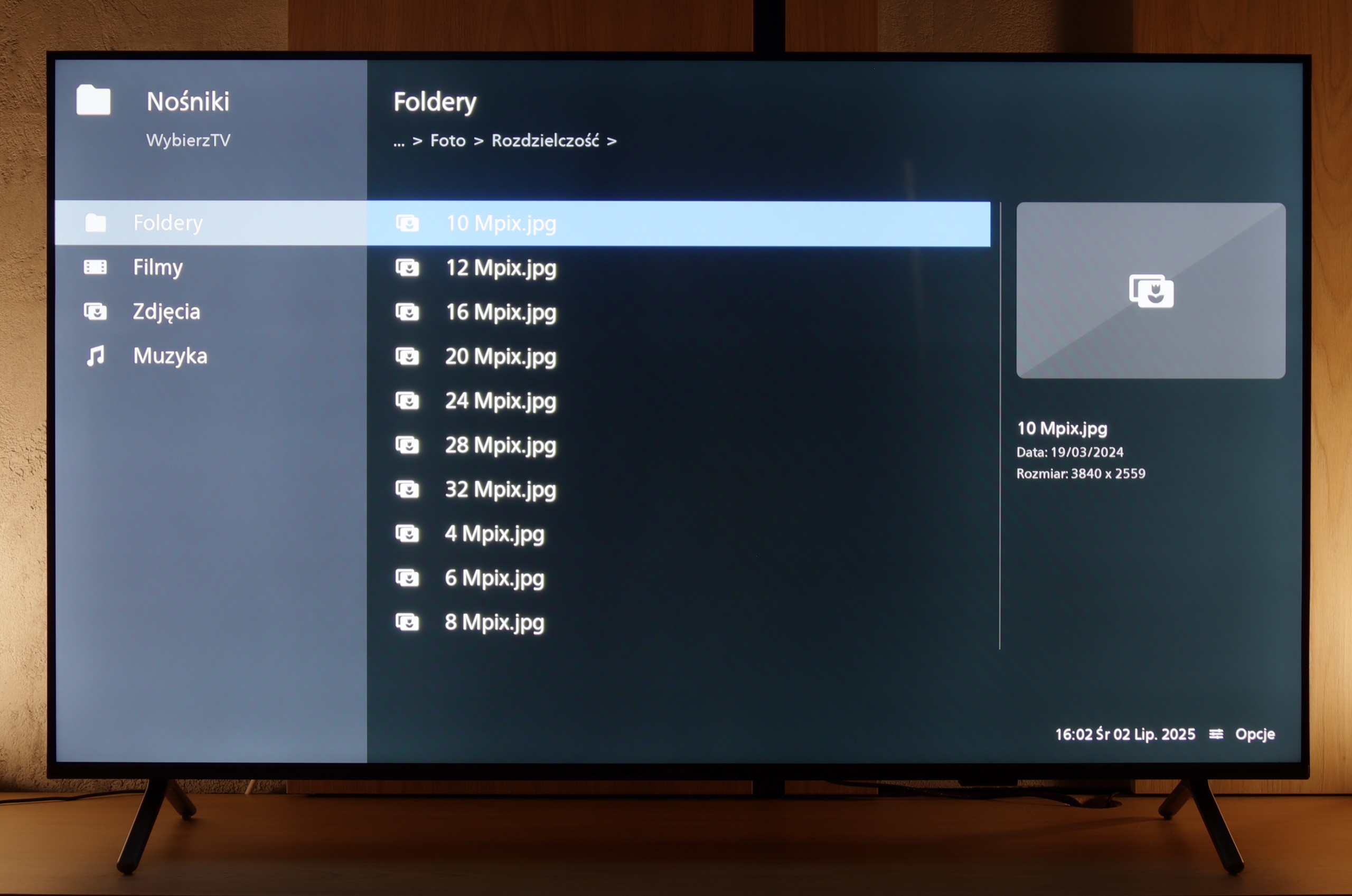
The built-in media player in the Samsung DU7192 television is definitely an advantage of this model. In our tests, the device handled almost all video and audio files without any issues, except for Dolby Vision formats and less popular codecs – which is understandable in this price range. It is also worth noting the support for Polish characters in subtitles and the ability to change font colors, which improves the viewing experience of movies with external subtitles. Unfortunately, in the case of photos, the player performs worse, supporting only the popular JPEG format.
PUS8560 handles playback of most popular video and audio formats from USB memory without any major issues, so there's no point in detailing the compatibilities individually. In daily use, it should just work – and it does. The only thing worth noting is the way it handles photos. Although the television easily recognizes common file extensions, with very high resolution graphic files, some photos may simply not display. This is not a huge problem, but it's good to keep it in mind, especially if we want to view photographs directly from the camera. Aside from that, PUS8560 shouldn't have any major problems with playback of files from USB.
Apps
8.7/10
4.6/10














































Sound
5.4/10
6.2/10
- Subjective sound quality:5.4/106.2/10
- Dolby Digital Plus 7.1:
- Dolby True HD 7.1:
- Dolby Atmos in Dolby Digital Plus (JOC):
- Dolby Atmos in Dolby True HD:
- DTS:X in DTS-HD MA:
- DTS-HD Master Audio:
Built-in converters offer basic quality, which at higher volume levels can lead to distortion. For this reason, we recommend using half of the volume scale to avoid distortion.
On the plus side, support for a wide range of audio codecs should be noted, including DTS-HD Master Audio and Dolby Digital Plus. These standards enable the transmission of high-quality surround sound to external devices such as soundbars or home theater systems. As a result, despite the limitations of the built-in sound system, users can enjoy significantly better audio experiences using additional equipment.
The TV sounds quite pleasant and it can confidently be stated that the sound level will be fully sufficient for most users – both for watching everyday programs and for an evening session with a series. Moreover, a nice surprise is that even in such an affordable series, Philips has decided to acquire licenses for full audio formats such as Dolby Atmos and DTS. This is great news for home theater and soundbar owners, as it means full compatibility and no need to "fiddle around" with connecting external devices.


